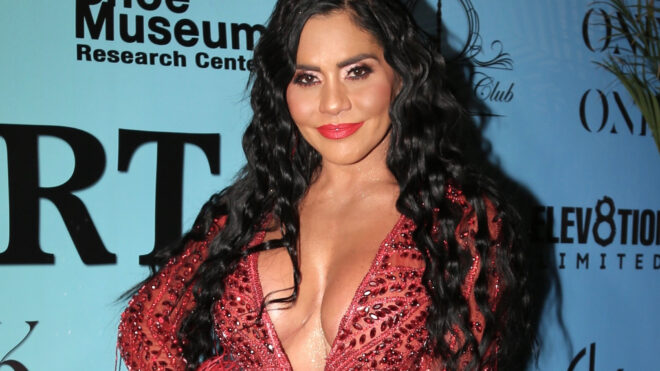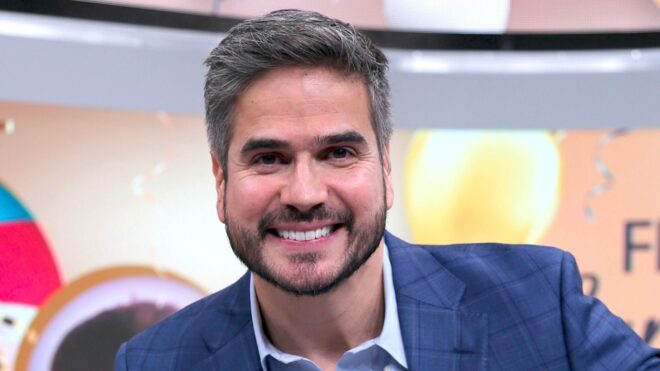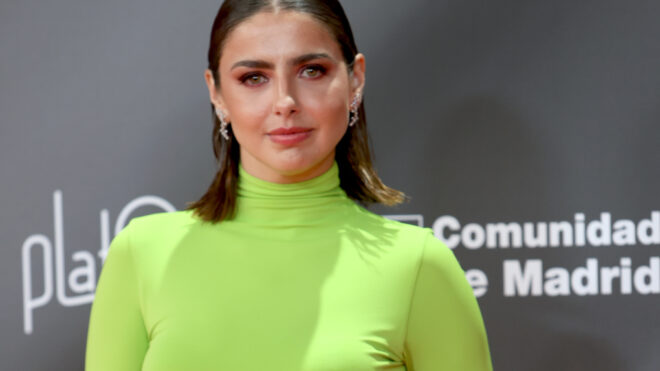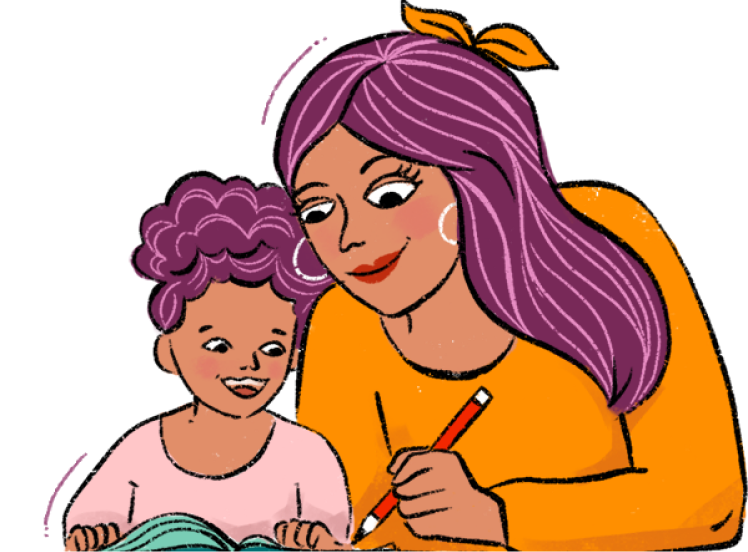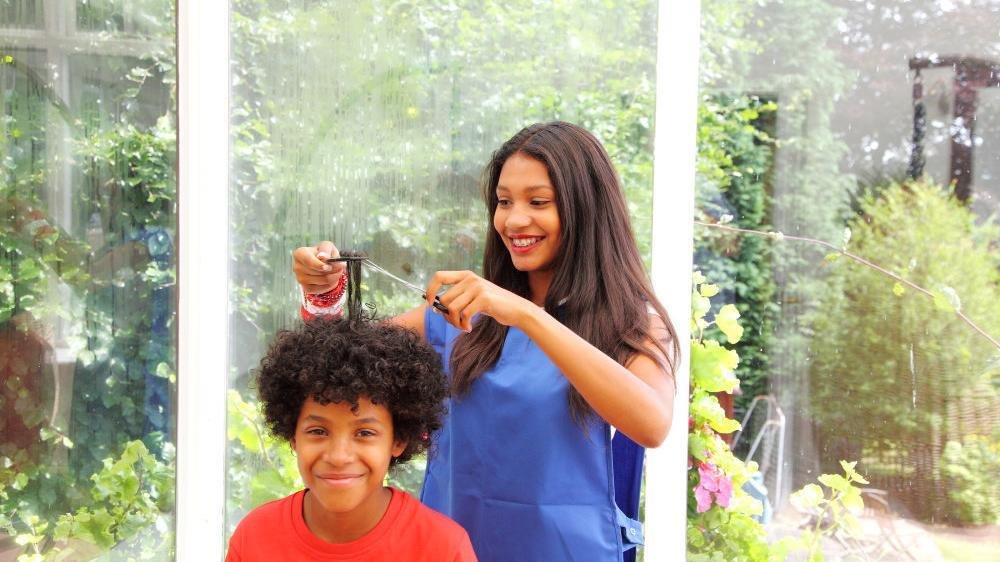
Aren't curly haired kiddos the cutest?! Those attention-getting rizos sure are adorable, but they can be a bear to take care of. Even if you have curly hair yourself, managing a child's curls is a totally different ball game. Kids do not like to sit still at all and could not care less how great their hair is going to look when you get done with it. They complain about shampoo in their eyes, scream about knots and refuse to sleep with anything on their heads.
More from MamásLatinas: Shakira's Hairstylist, Cynthia Alvarez, broke down all of the secrets to her signature curls
But as the parent, you of course can't let your child's hair go neglected. As a mom of two children with curly hair, I can say with confidence that coming up with solid haircare routines and using good quality products is absolutely essential to making curly hair care a less daunting task. When figuring out how to handle my kids' hair routines, I started by looking at my own hair routine and streamlined from there.
That said, if you don't have curly hair yourself or don't wear your curly hair natural, you might need to do a bit of research. Click through the gallery to learn some curly hair basics and discover some of our favorite products and tools to use on kids with curly hair to make sure their curls are healthy and strong.
How do you shampoo?
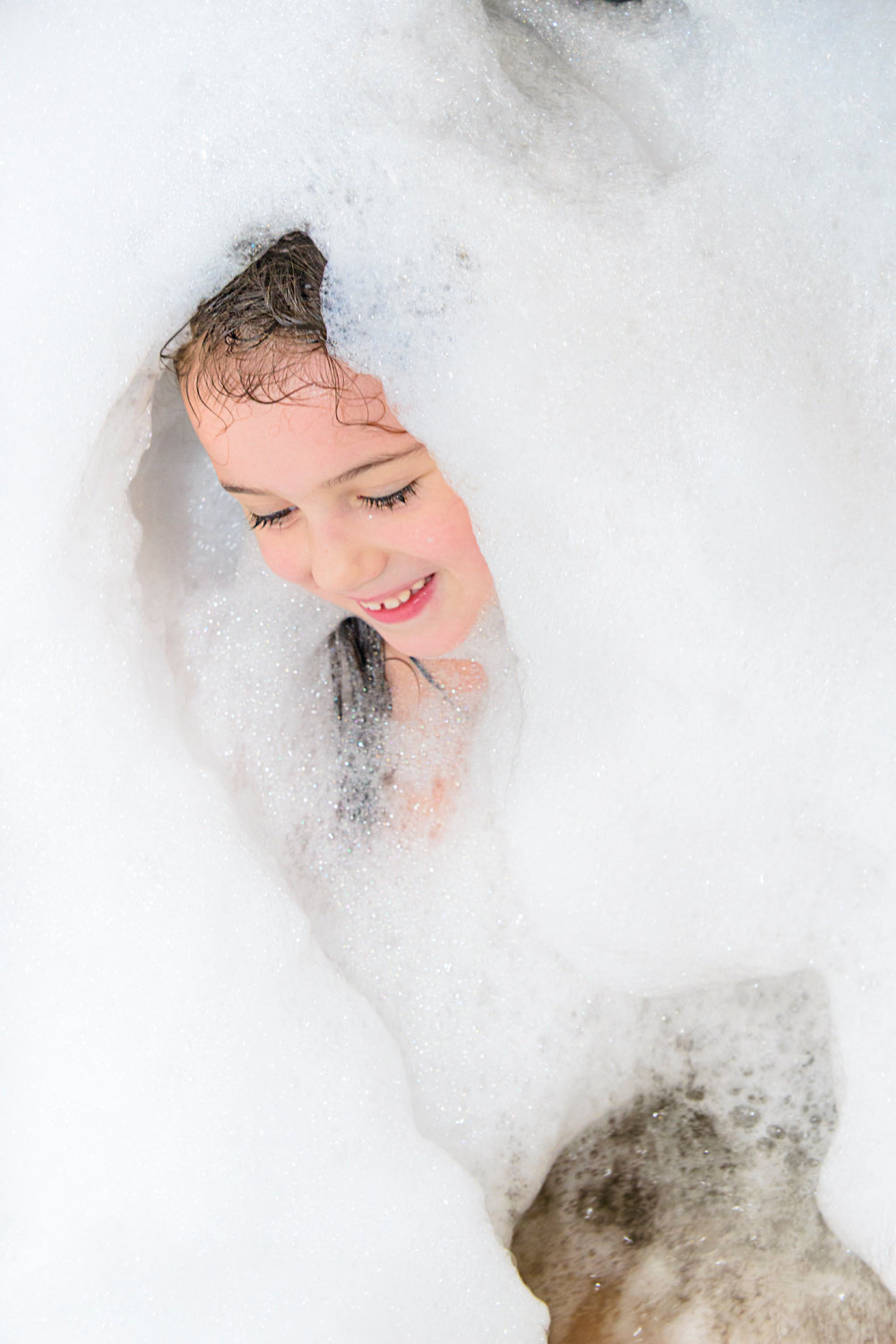
Let's start at the beginning. Curly hair should not be washed daily. Daily washing strips the natural oils from hair and creates frizz in curly hair which is already prone to dryness. Depending on your child's hair texture and density, you should wash anywhere from twice a week to as infrequently as once a month.
Choose the right cleanser.
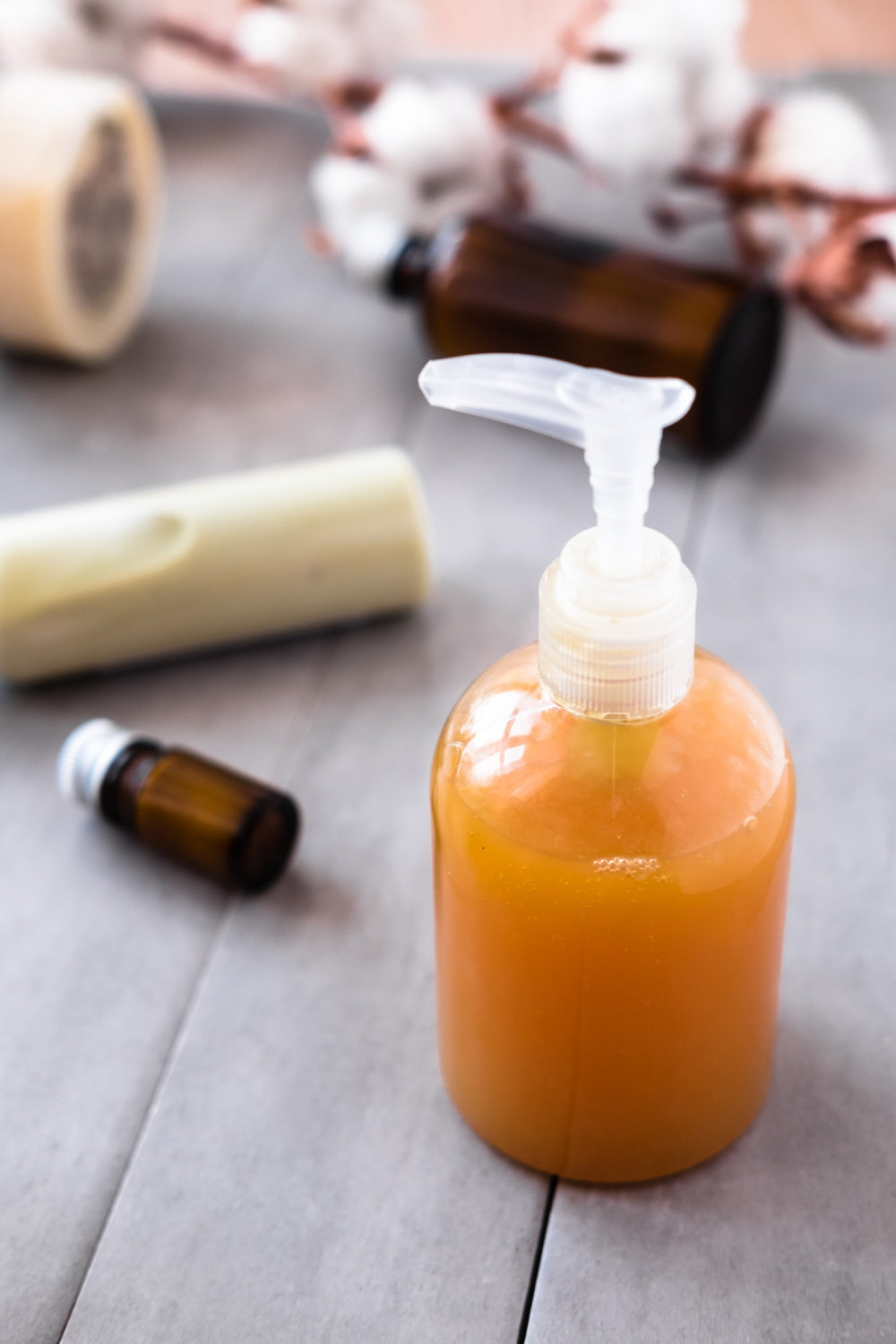
No matter how often you wash, it's best to use a gentle cleanser, ideally without sulfates which are strong chemical cleaners that strip hair and skin of oils and nutrients.
Try a combo body wash/shampoo for babies.
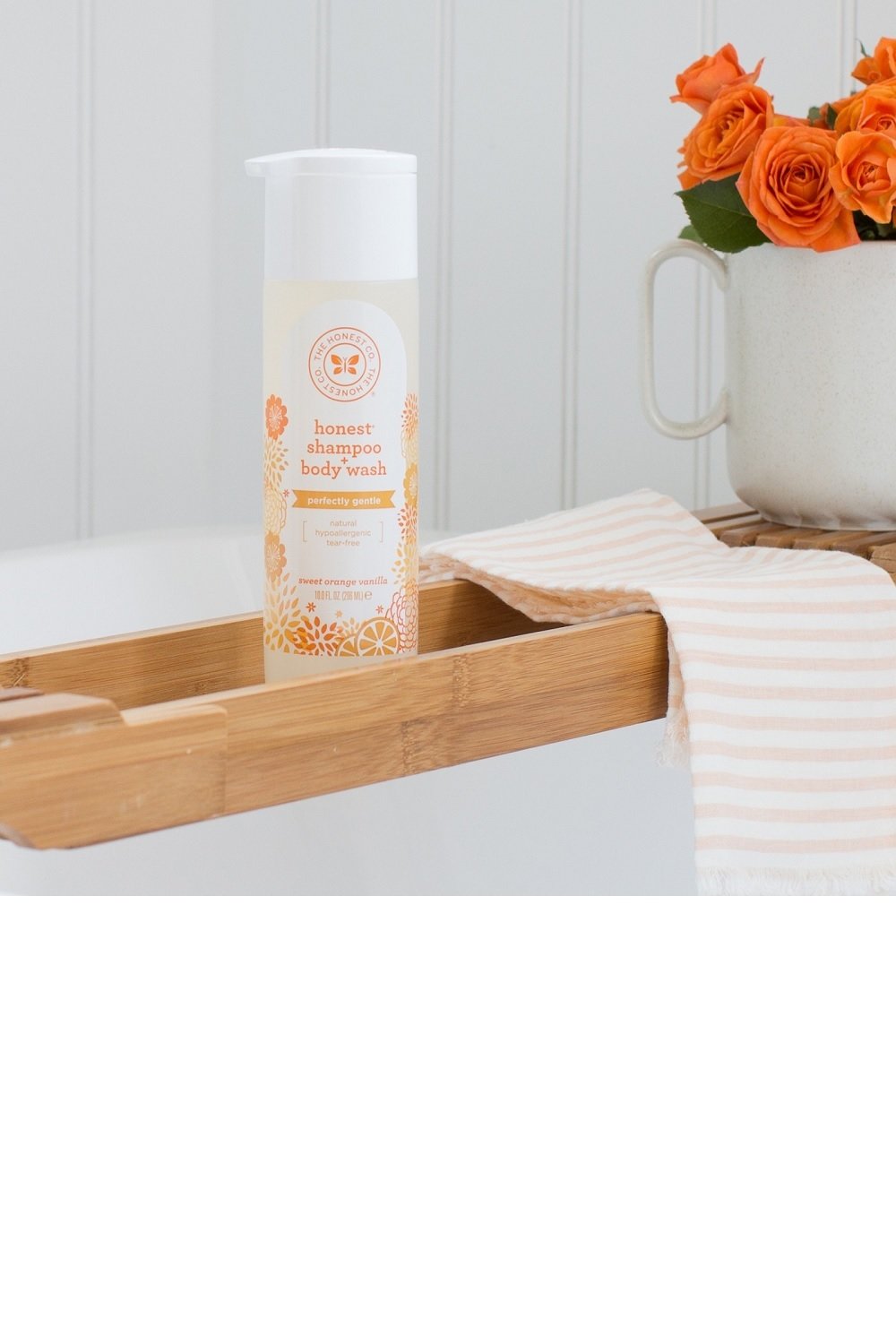
My babies were both born with lots of hair that started to curl when they were just a few months old. I prefer to use a gentle combination body wash and shampoo on them that is sulfate- and paraben-free like the Honest Company Shampoo and Body Wash ($9) which leaves her soft, clean and smelling delicious.
Babyganics is also a good one.
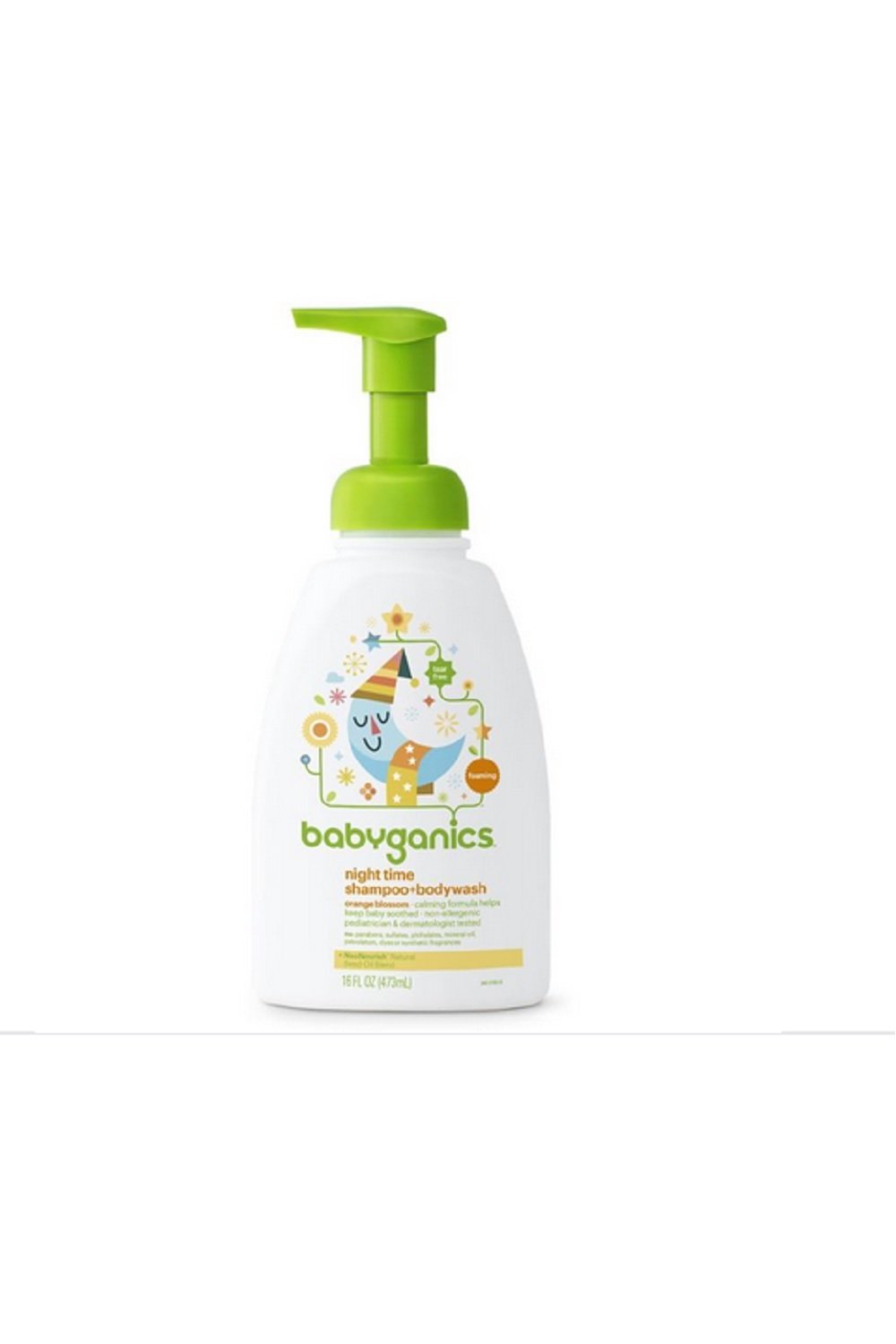
The Babyganics Shampoo + Body Wash ($10) is another excellent, gentle, sulfate-free product for babies and children. It's actually my preferred cleanser because it offers a great balance between cost and good, nourishing ingredients.
If your child washes her own hair...
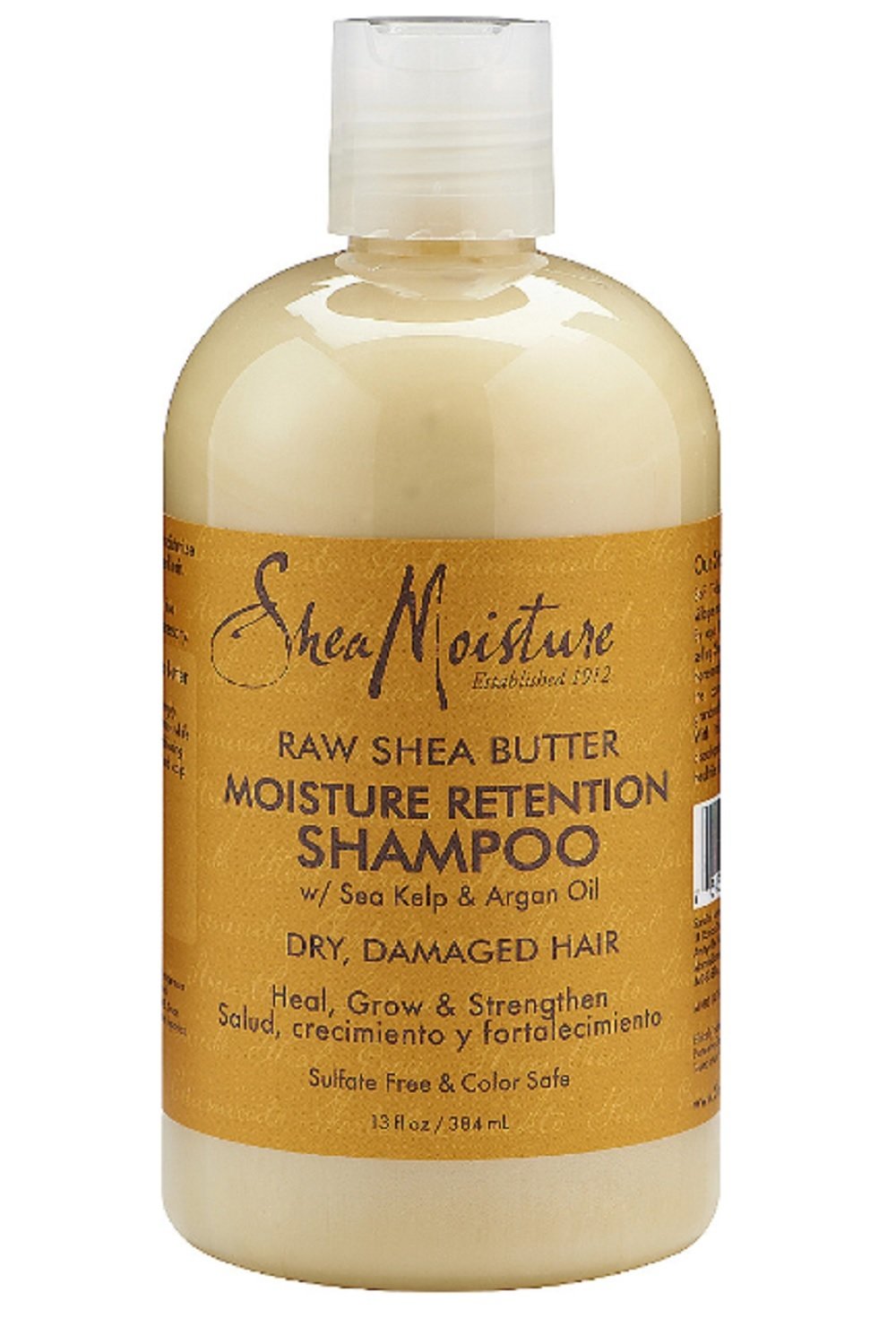
If you have an older child who needs a bit more cleansing power and possibly washes her own hair, you might choose to switch to a dedicated shampoo. We love the Shea Moisture Raw Shea Butter Moisture Retention Shampoo ($12), which is sulfate-free and full of rich, all-natural moisturizers like shea butter, argan oil and coconut oil.
This brand is also great for curly kids.
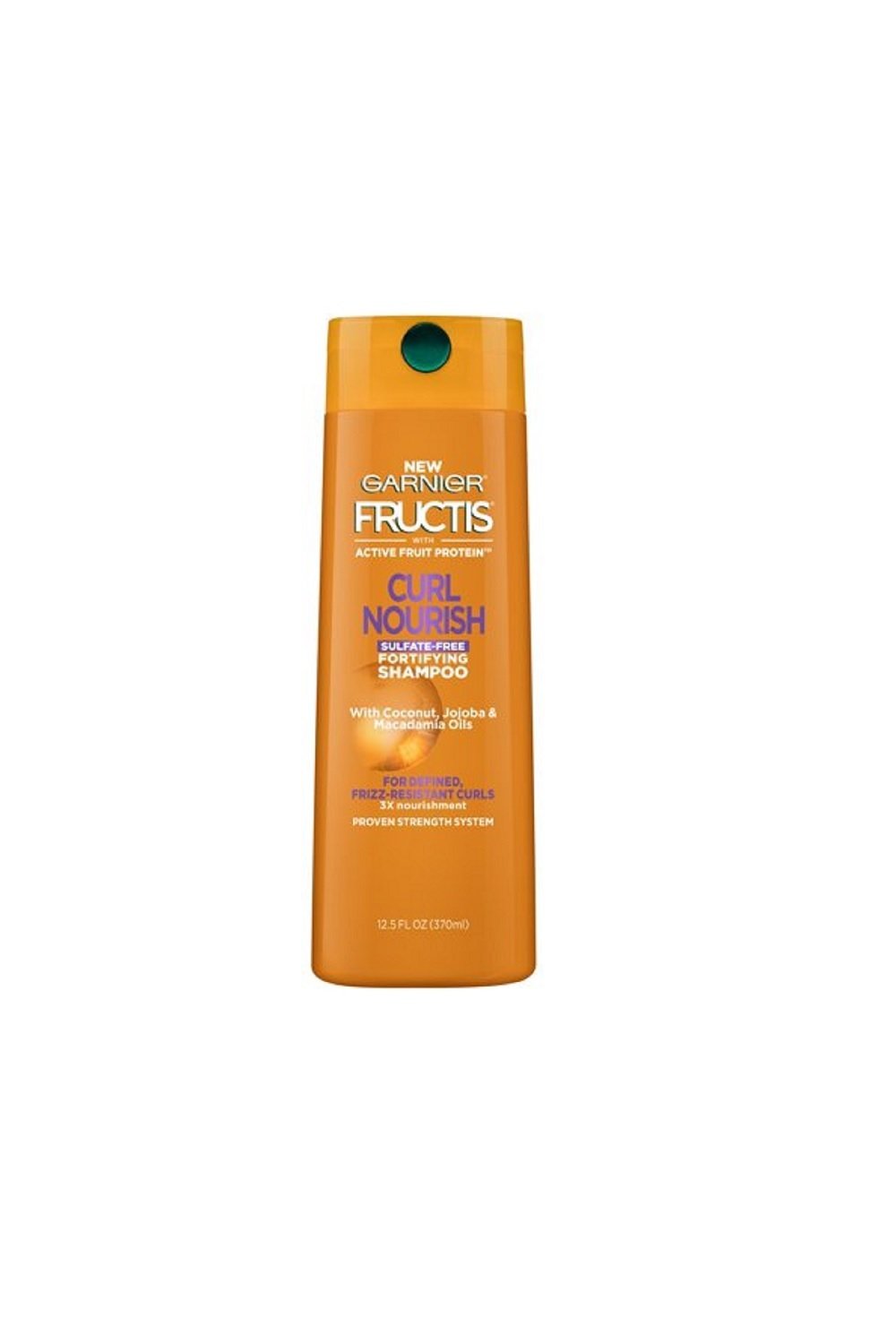
Garnier Fructis consistently produces curly hair-friendly products like this Curl Nourish Sulfate-Free Fortifying Shampoo ($3), at an incredible price point so that almost anyone can afford to tend their curls well. It's a great option if your child is heavy handed with the products.
Don't wash with hot water.
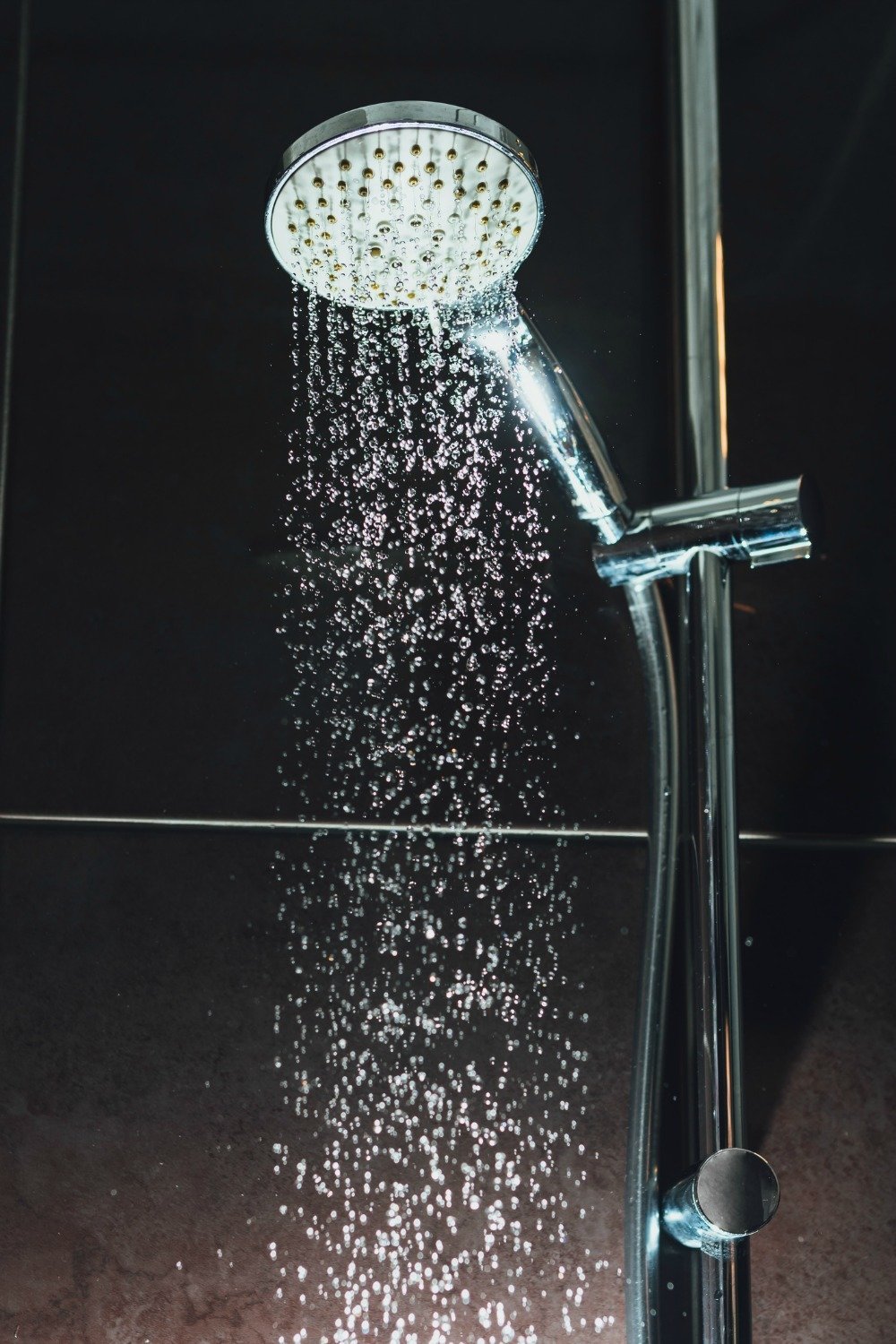
Very hot water can also strip natural oils from hair which is always a no-no for curly hair. Use lukewarm water only when shampooing your child's hair.
Set up a wash day routine.
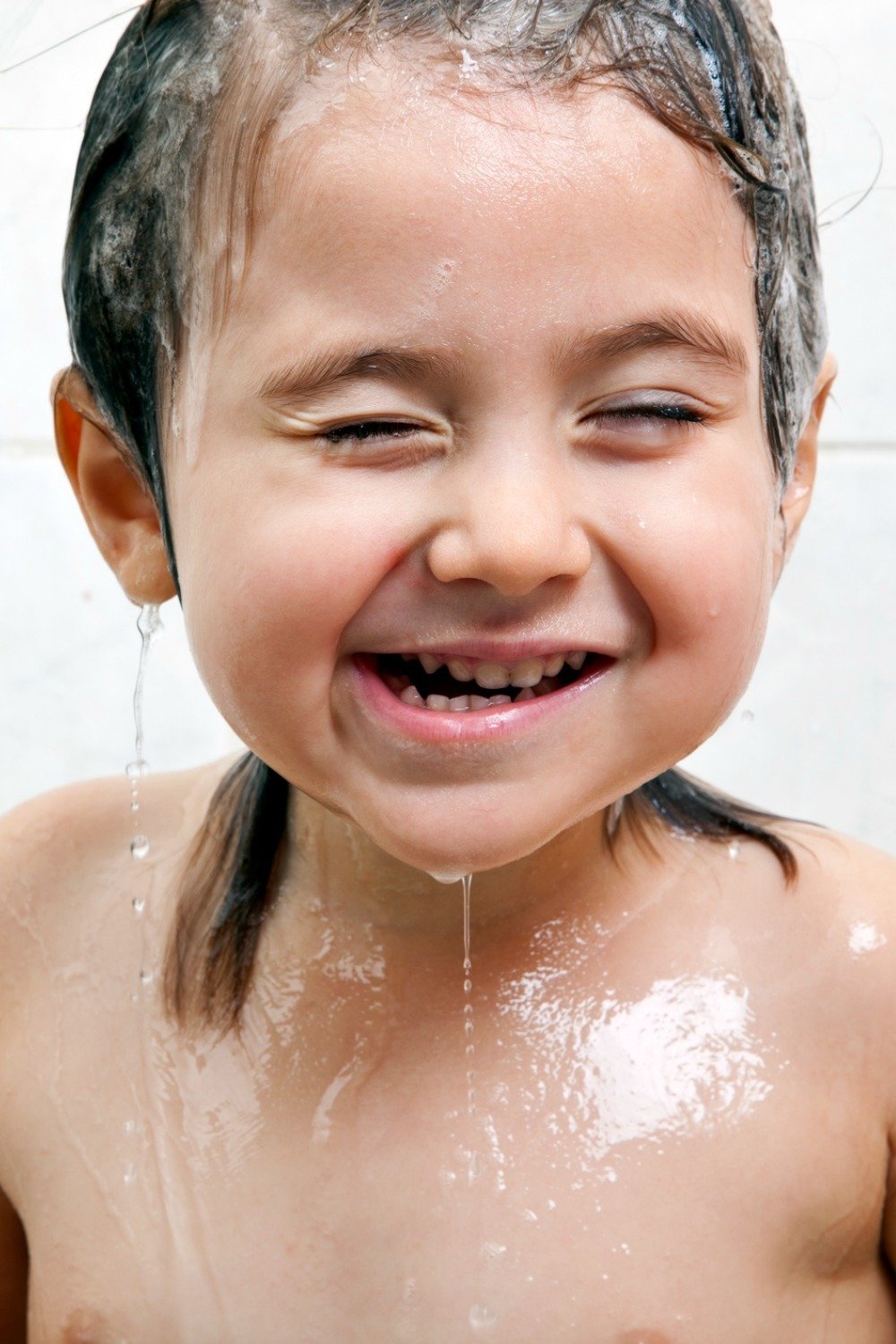
Children do really well with routines and everything–including wash day–seems to go better when they know what to expect. Try setting up a wash day routine for your child so they know about how often to expect, where it will happen and what steps will occur. Stick to the set routine the best you can every time.
Conditioning could be ther most important step.
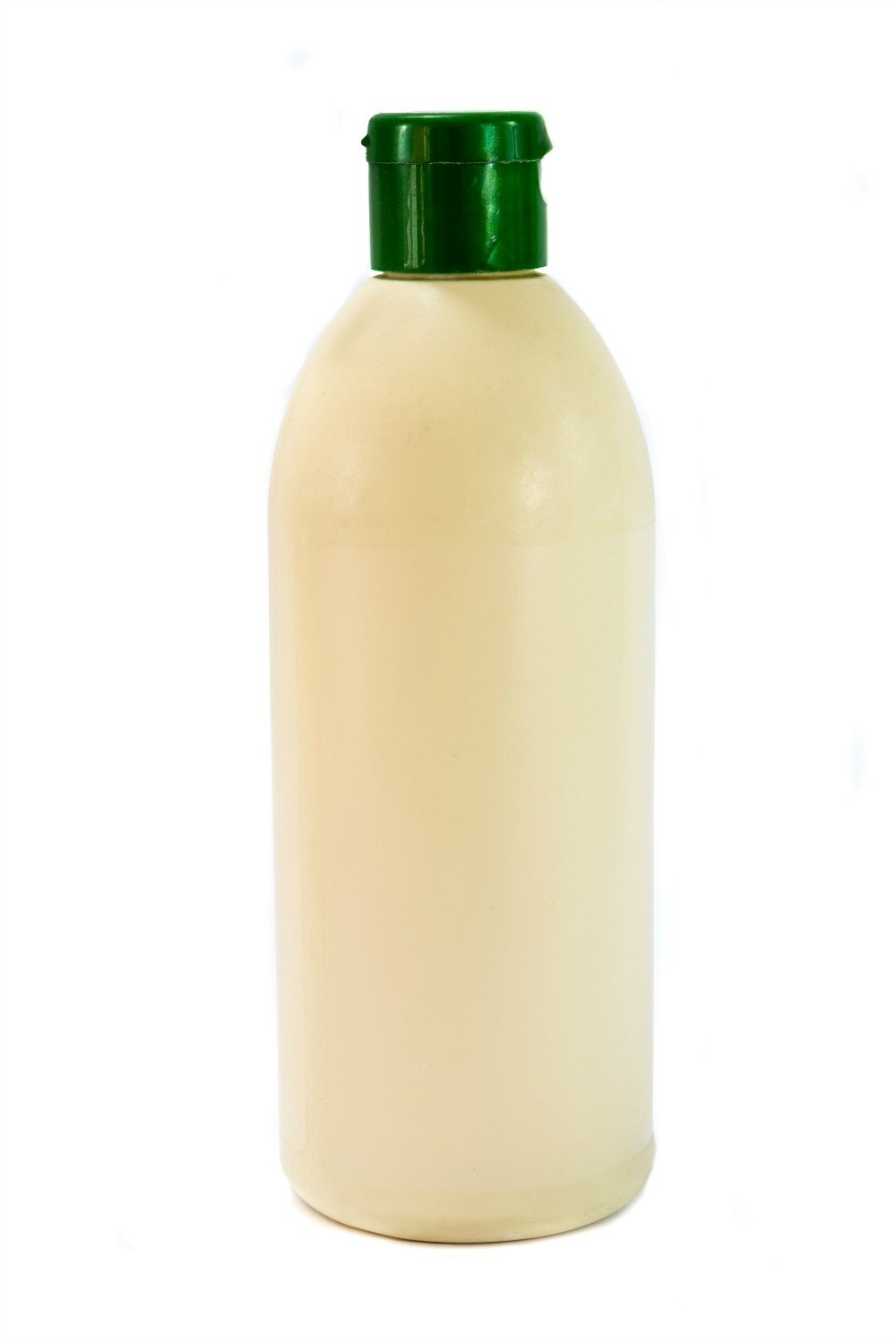
Anyone blessed to have curls will probably tell you that conditioning is the most important part of any curly hair routine. Because curly hair tends to be so dry and lose moisture so quickly, the main goal is to introduce as much nutrient-rich moisture as possible. Buy stock in hair conditioner now!
Buy the biggest bottles you can find.
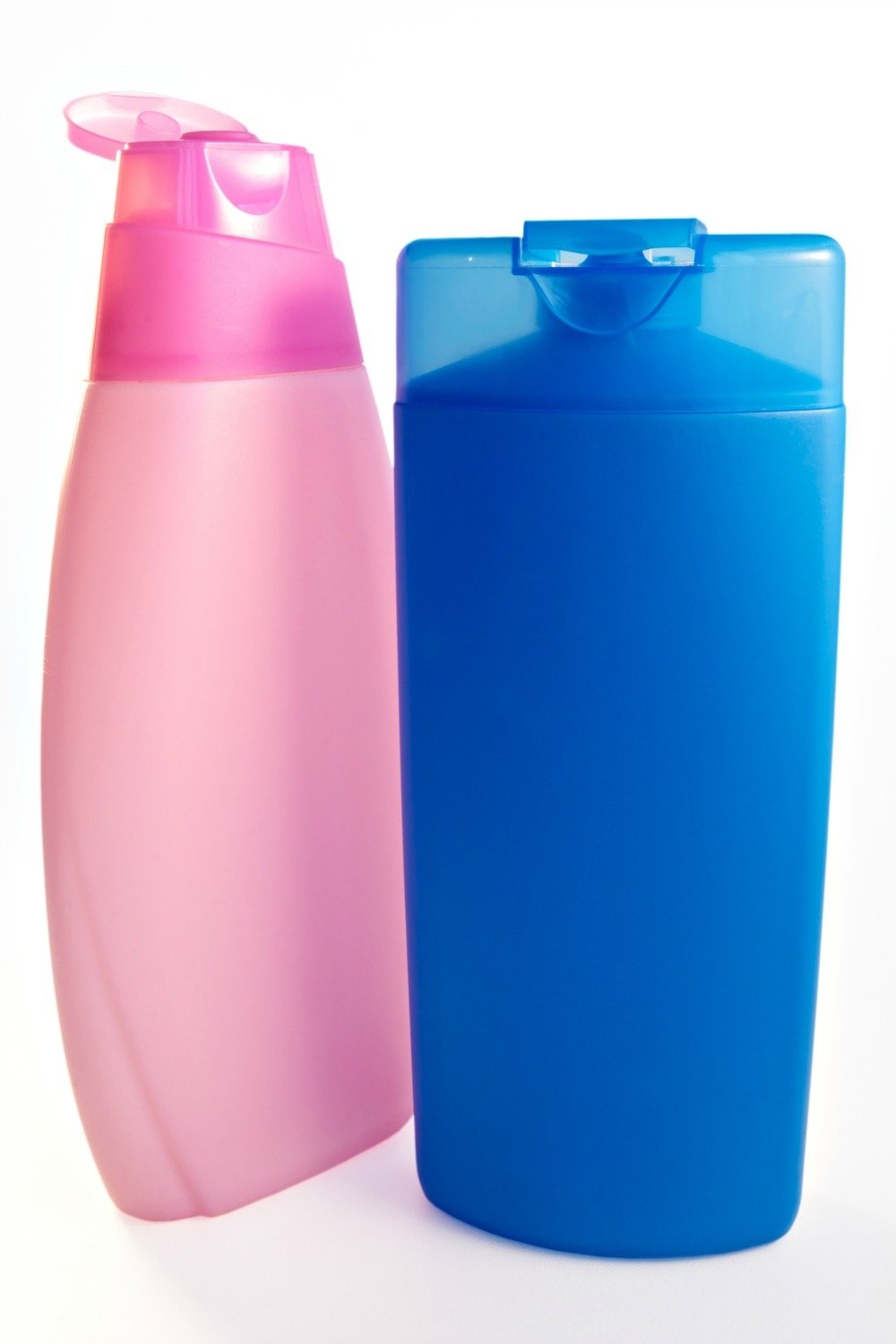
If you yourself don't have curly hair, one of the first things you'll probably notice is how quickly you run out of conditioner. My two children and I go through probably one standard size bottle of shampoo a year and one mega size bottle of conditioner every four to eight weeks depending on the season and weather. Always buy the biggest bottle you can find of your favorite rinse out conditioner. You cannot wash or detangle (we'll get to that later) without it, so if you run out, wash day has to be put on hold. Or God forbid your child gets some kind of mess in his hair and you have to go buy some before you can clean it up!
Try using silicone-free conditioner.
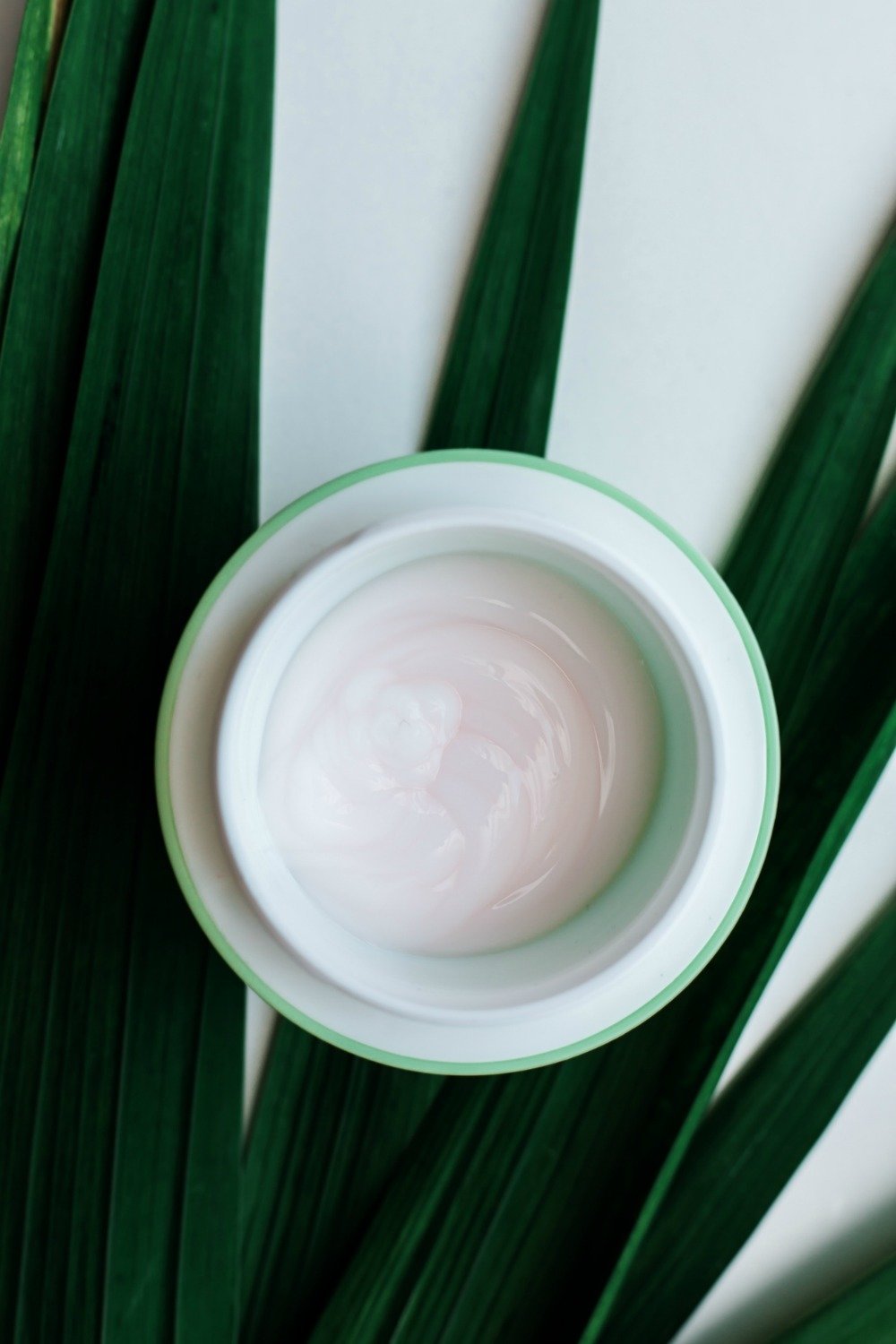
If you've eliminated sulfates from your child's wash routine, you might want to also consider eliminating silicones from your conditioner and styling products. Silicones do a good job of taming the hair cuticle and reducing frizz, but they can be difficult to wash out without harsh cleansers. This could be especially important the less frequently you wash your child's hair as the silicones can build up and make it more difficult for both cleansers and products to penetrate the hair.
Try this every day conditioner.
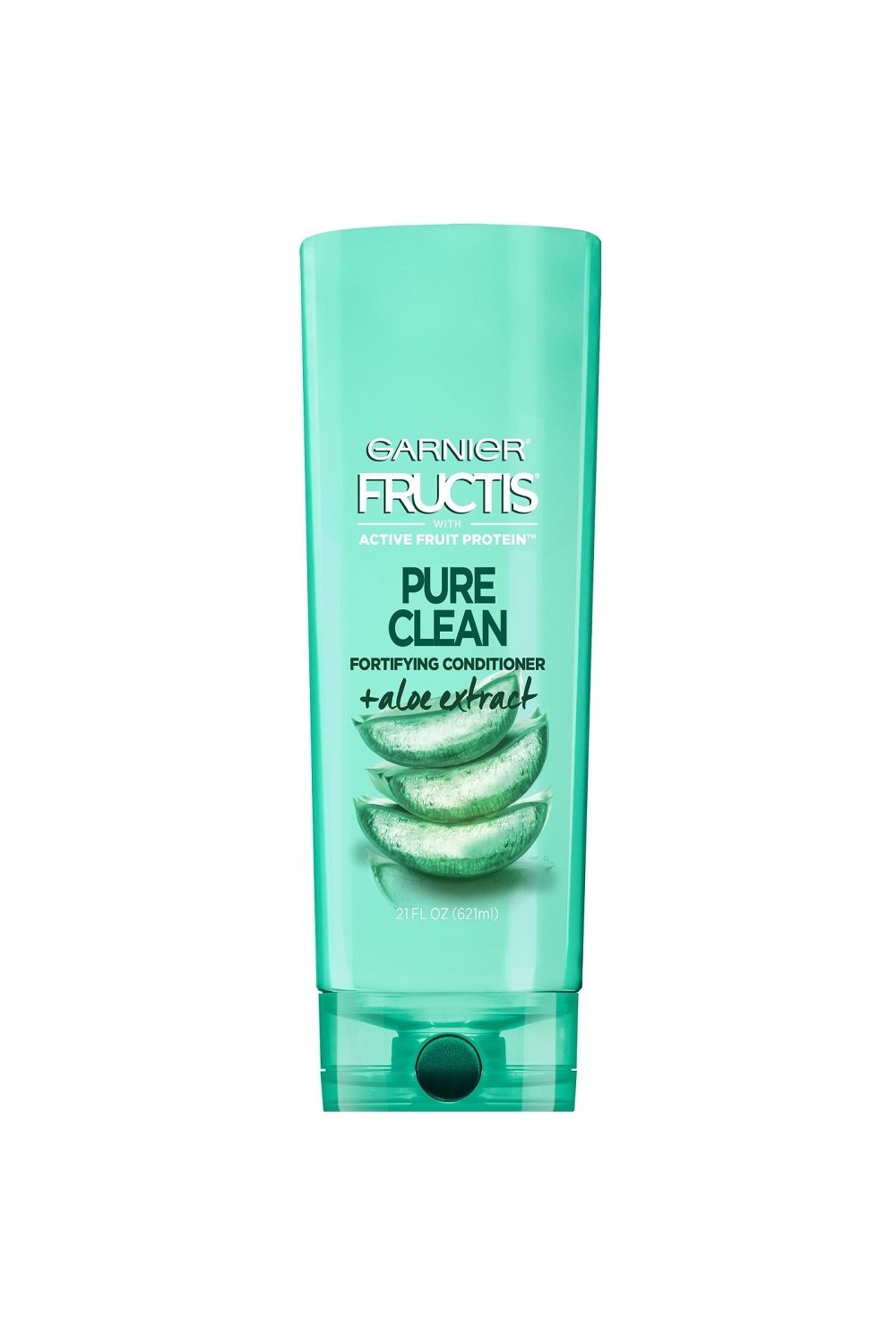
Silicone-free conditioners can actually be pretty difficult to find in-store, but Garnier Fructis Pure Clean ($5) is widely available at many Target locations and is quite affordable. We love it as a rinse-out conditioner after shampooing and between shampoos or even as a co-wash.
Silicones aren't always a problem.
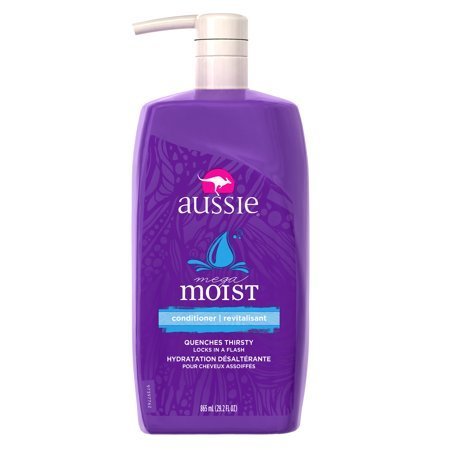
Aussie Moist conditioner ($5) is something of a cult favorite amongst people with naturally curly hair. It is incredibly thick and rich and moisturizes so well. It's available at literally every big box store and drugstore and it's downright cheap, but it does have a mild silicone in it. Most people don't seem to experience much buildup with it. This is our go-to conditioner for the entire family, and none of us has had any issues.
There's a silicone-busting solution.
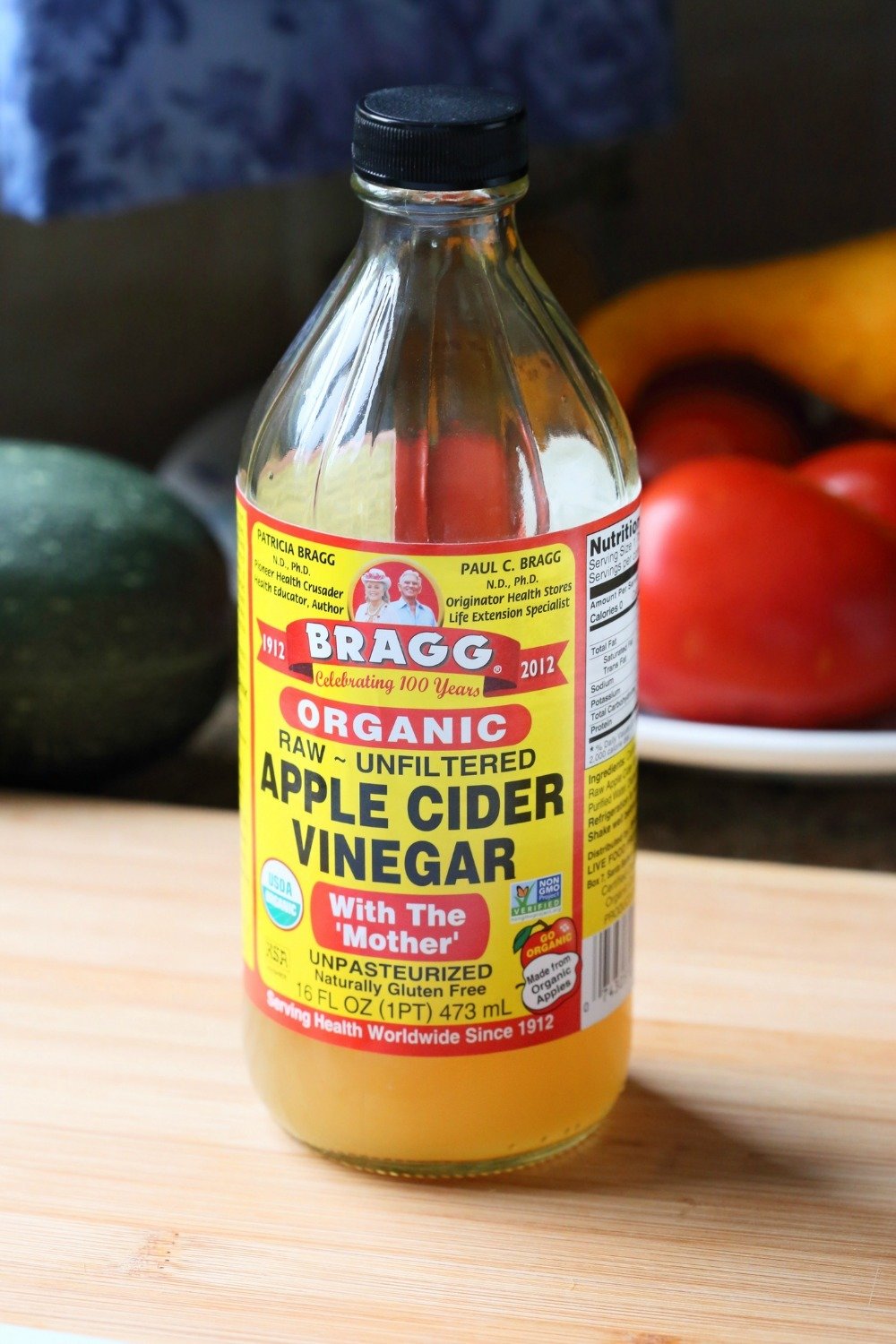
If you do choose to stick with a conditioner that contains silicones, you might want to clarify your child's hair once or twice per month. You can do this with a clarifying shampoo or you can perform an apple cider vinegar rinse. Just combine a few tablespoons of unfiltered, raw apple cider vinegar like Bragg Organic Raw Apple Cider Vinegar ($7) with about two cups of water and pour it over your child's hair after shampooing, allow it to sit for a couple of minutes, then rinse out. Just be sure not to get any in your child's eyes!
Co-wash in between shampoos.
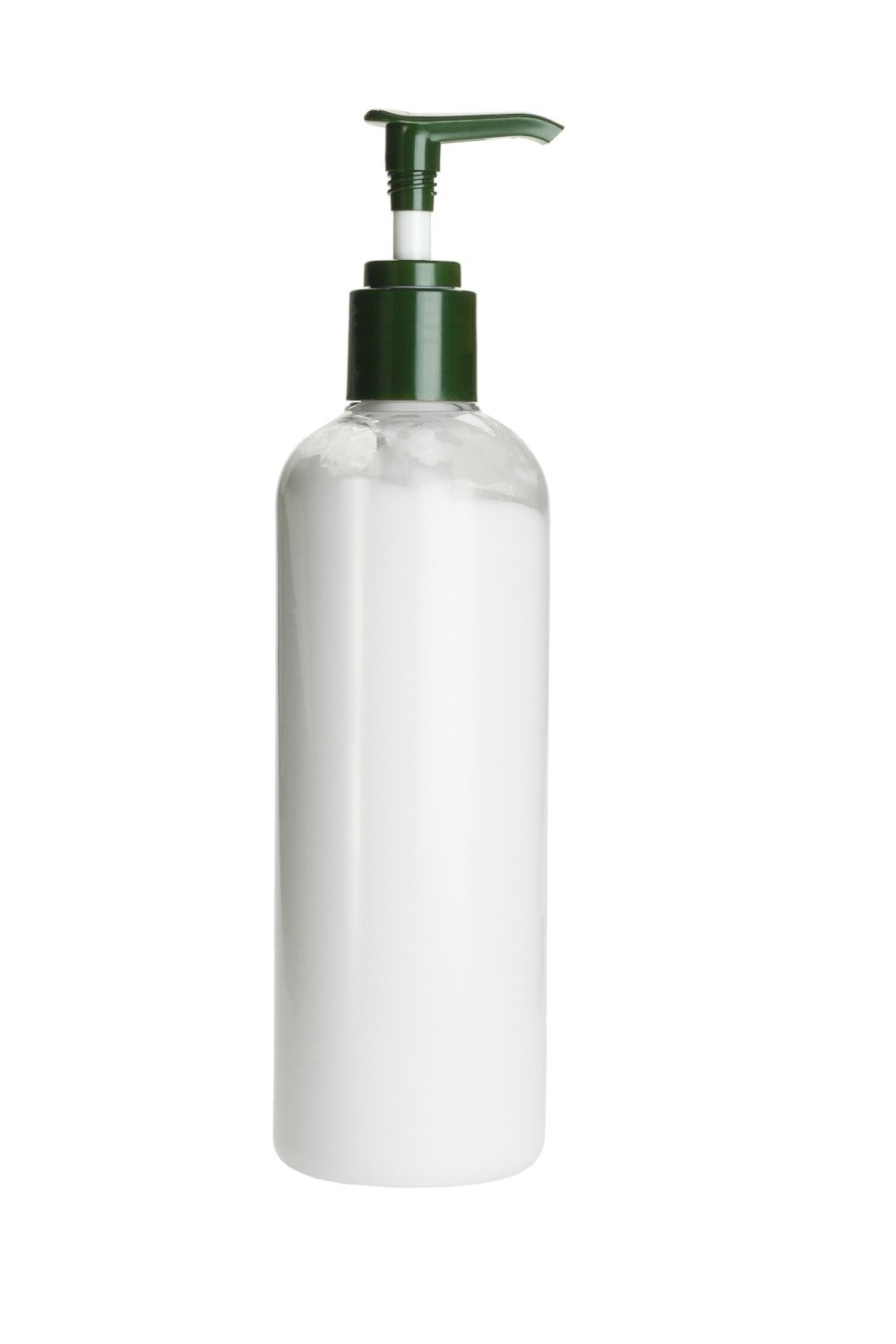
Many people with curly hair choose to co-wash or conditioner wash in between shampoos. The concept involves applying a small amount of a silicone-free conditioner to the scalp and using friction created by massage to loosen up dirt and dead skin cells and then rinse it all out while introducing more moisture, rather than stripping hair with shampoo more frequently.
Use your regular conditioner.
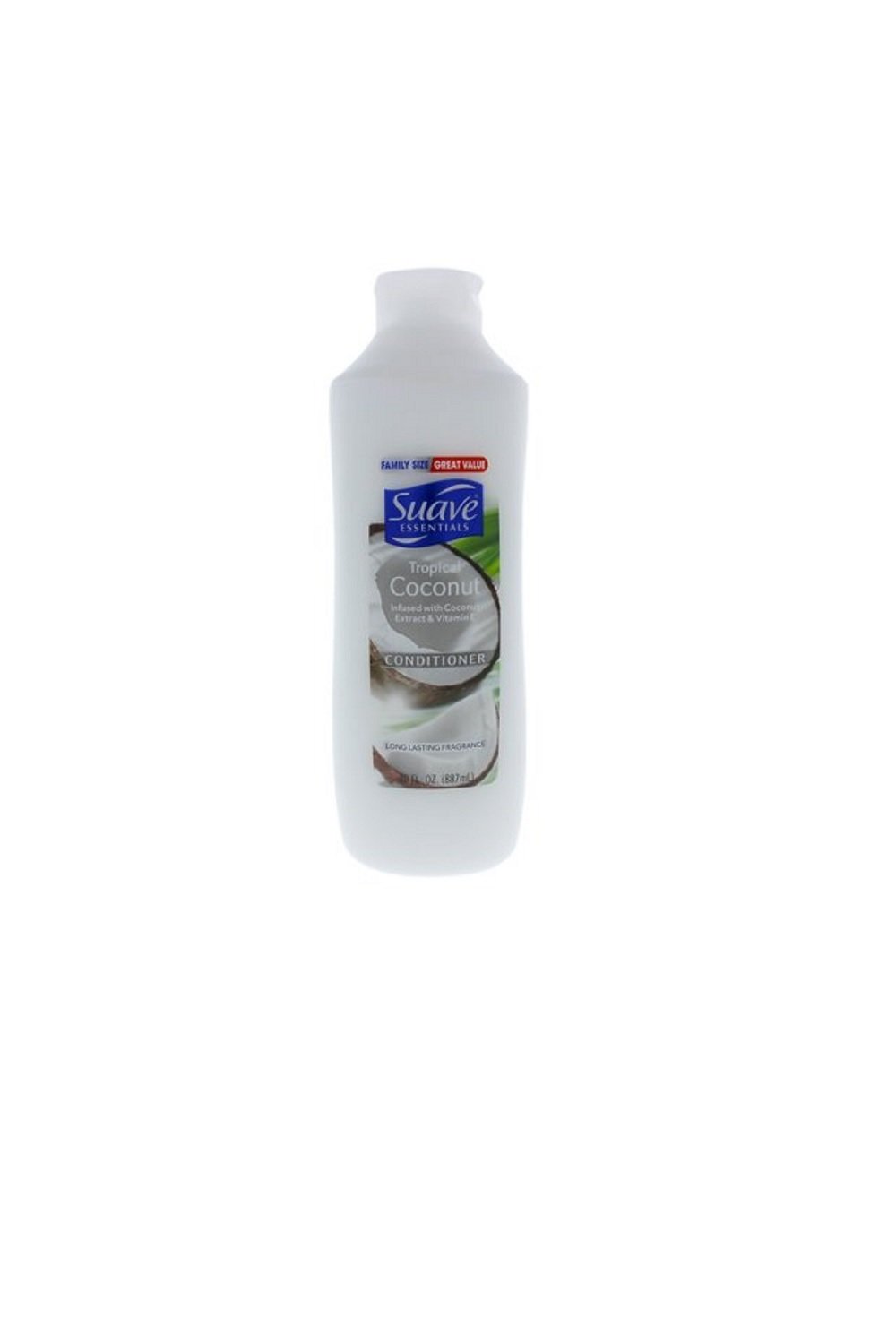
Surprisingly, Suave Essentials Tropical Coconut Conditioner ($2) is silicone-free and lots of people swear by it for co-washing. Because it's so inexpensive, it's ideal to use daily on hair that needs to be wet every day in order to look its best. It is nice and slippery too so it's great for detangling as well. That said, as long as it isn't too thick, your favorite regular conditioner will probably work well too.
Or you can buy a storebought co-wash.
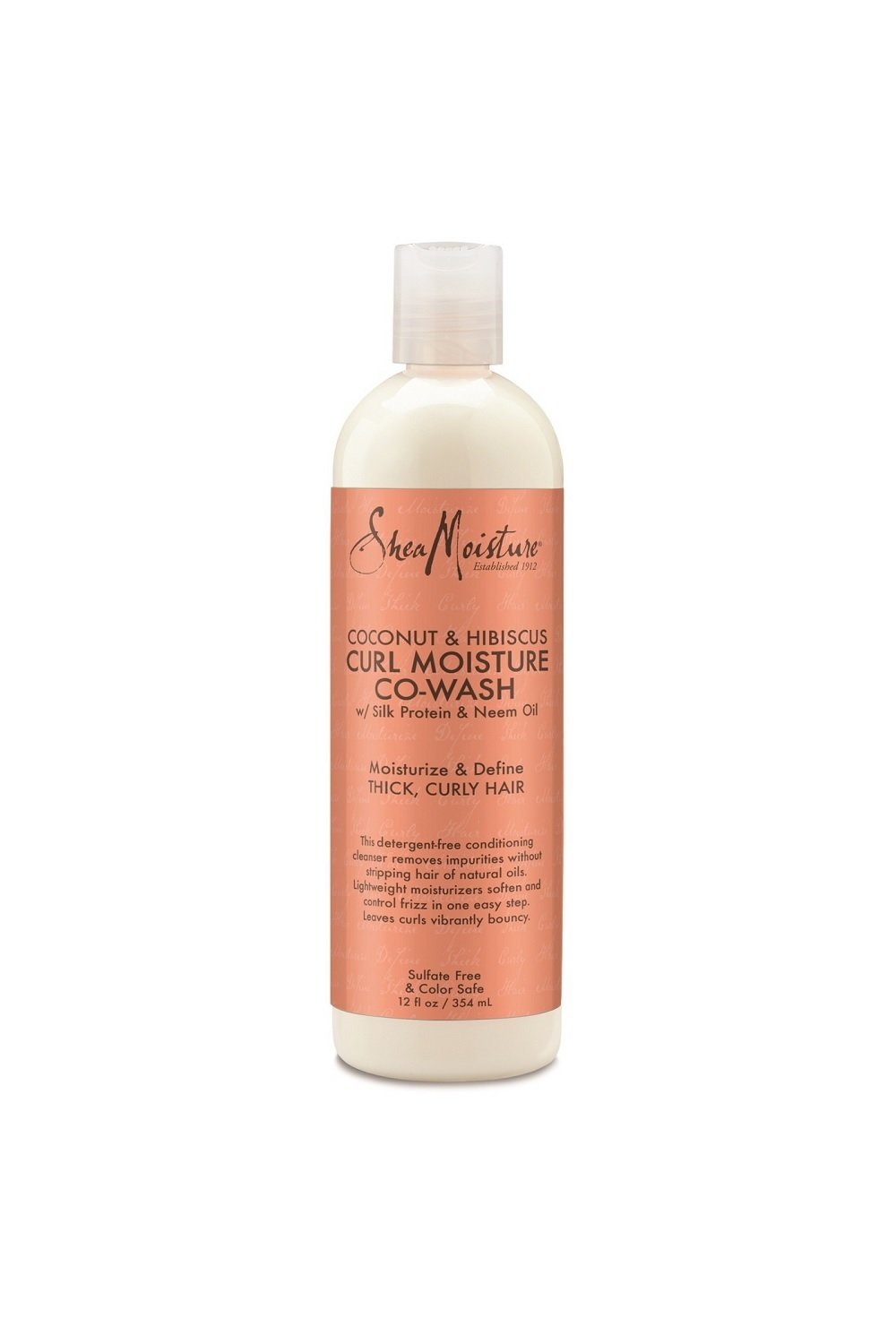
If you're committed to using "clean" haircare products and avoiding silicones and parabens altogether, you can opt for a commercially produced co-wash product like Shea Moisture Coconut & Hibiscus Curl Moisture Co-Wash ($12).
Time to detangle.
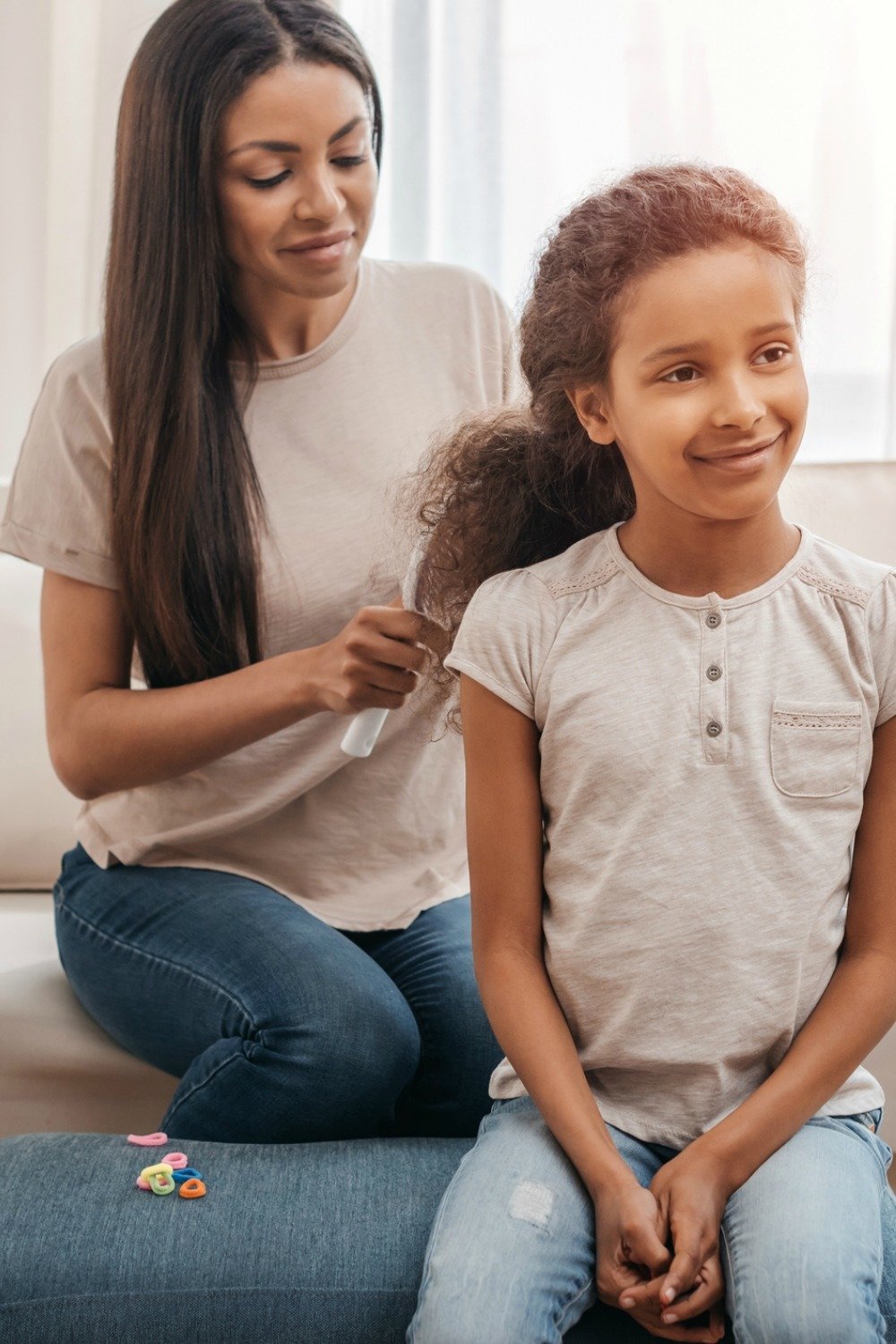
Always, always detangle curly hair while conditioning. If conditioning is the most important part of any curly hair routine, detangling is the hardest part. Knots and tangles can really get bound up in curly hair that isn't manipulated daily, making it extremely difficult to get them out. The slippery wet texture of hair that has just been washed and is still saturated in conditioner makes it a whole lot easier to get a comb or brush through and will help you avoid ripping or pulling out hair.
Use the right tools.
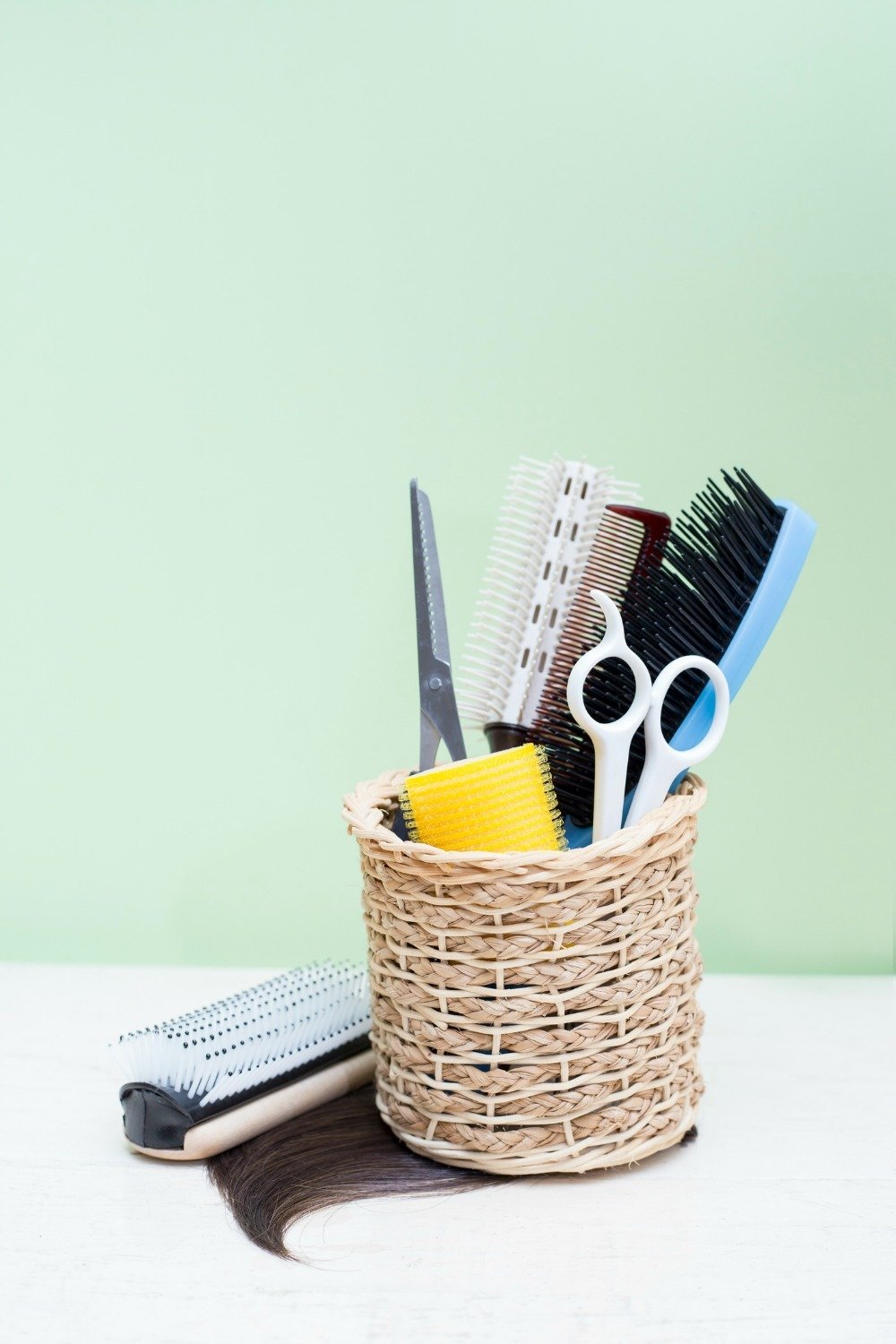
For the most part, you're going to say buh-bye to brushes and heat tools for use on your curly-haired child. Brushes can cause breakage, fine-tooth combs result in frizz and heat tools damage and dry out curls.
Choose a wide-tooth comb.
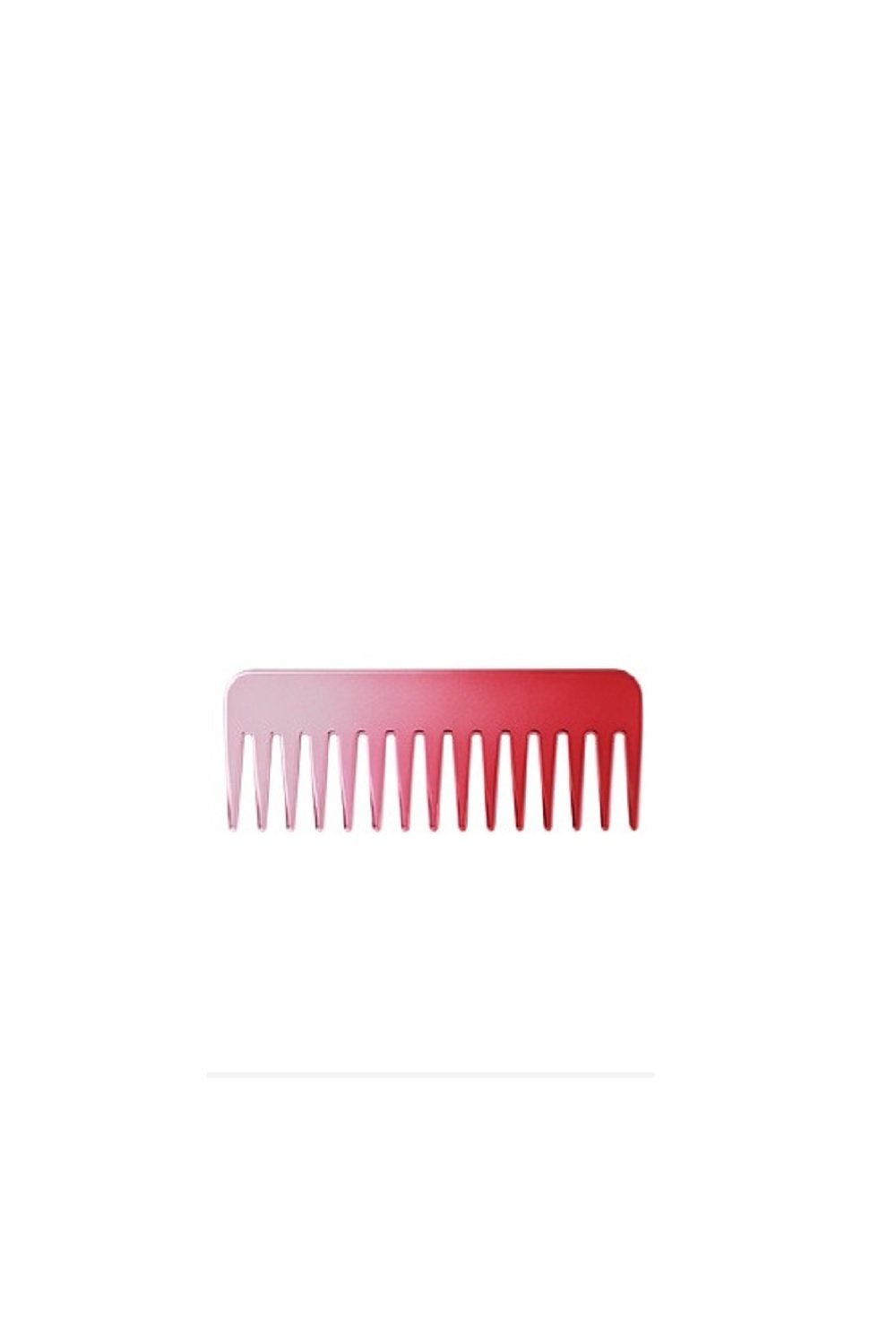
If your child has curly hair–especially if she has thick, tight curls–a comb like the Wide-Tooth Mini Comb ($5) from Ulta will be her best friend. Wide-tooth combs are ideal for gently working out knots and tangles without too much breakage and help curls form a pretty pattern.
Or try a molded plastic brush.
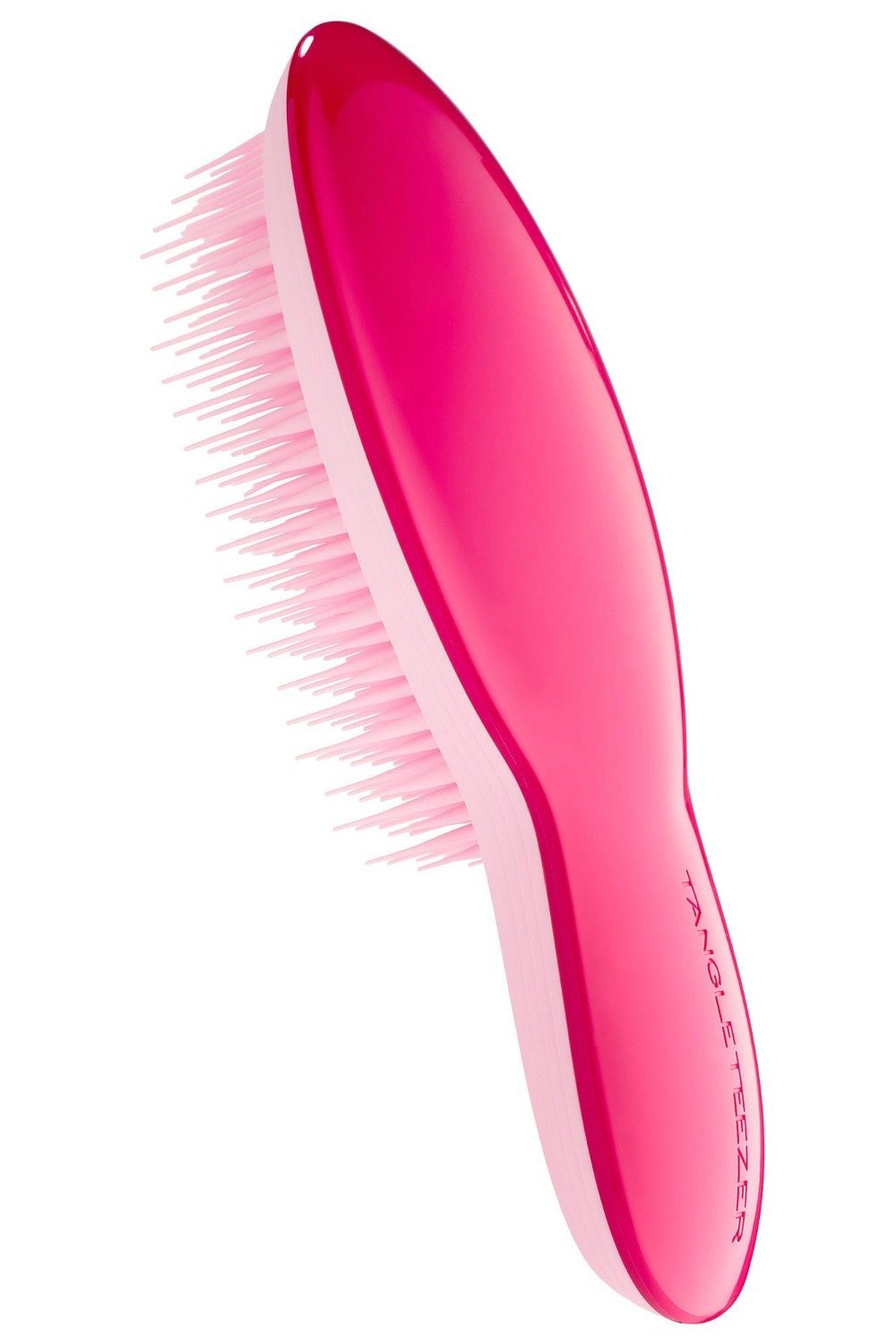
Most brushes do nothing good for curly hair–especially natural bristle brushes and the kind with those little plastic nubs on the ends of the bristles–but molded plastic brushes like the Tangle Teezer ($20) are an exception. They glide through hair incredibly easily and are so gentle. Detangling my children's hair changed drastically when I started using one. It's much faster and much less painful. It's designed for use on dry hair, but we always use it on wet hair.
There's another exception.
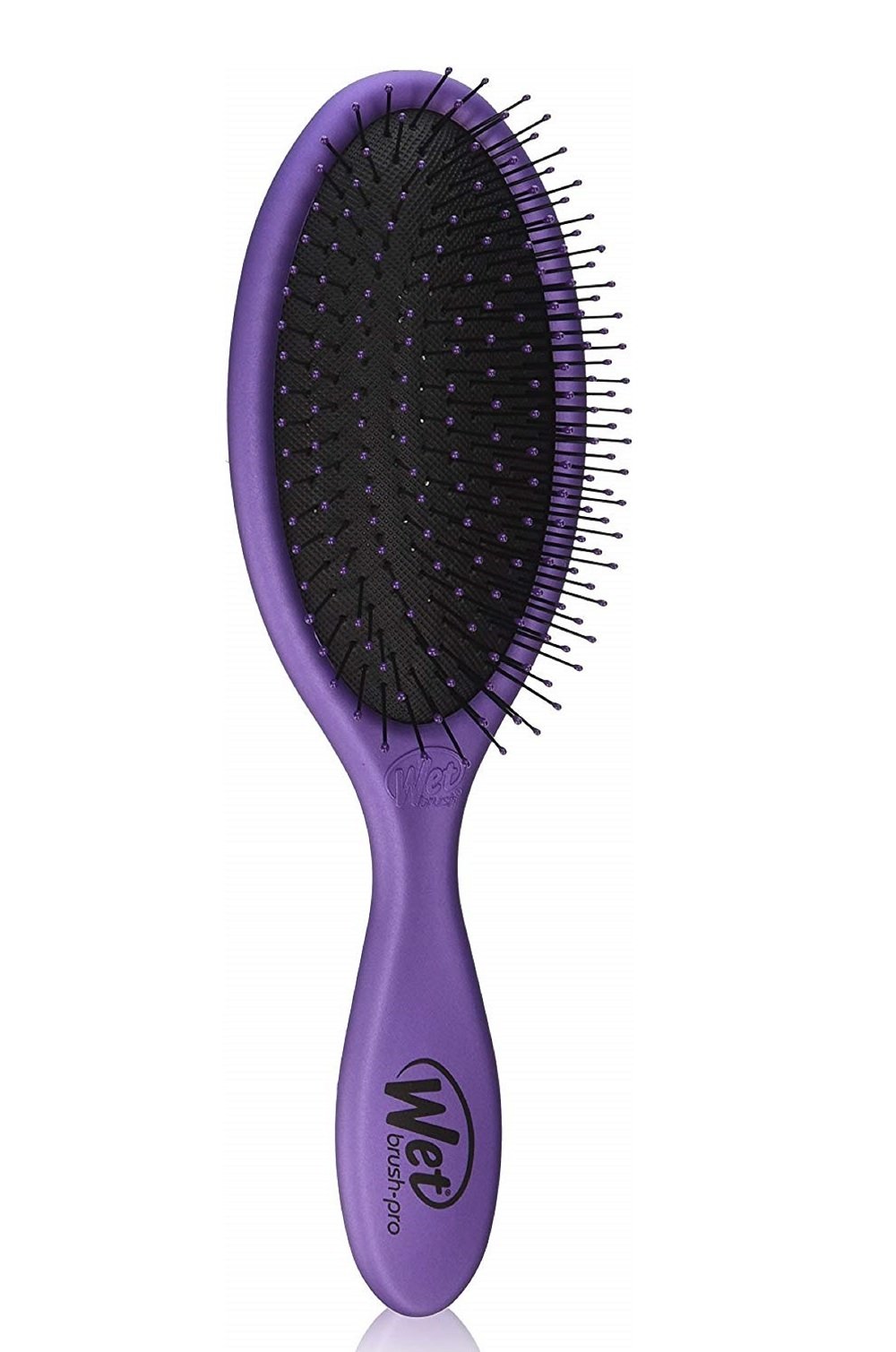
I first discovered the Wet Brush Pro ($9) when my own stylist used it to detangle my hair before a trim and I was amazed at how it just glided through my thick, tangled curls. Though this brush does have the little plastic nubs, they are tiny and the bristles are incredibly soft and flexible, and there are lots of them. It detangles quickly and gently. Again, just be sure to use it on wet hair, never dry.
Rinse with cool water.
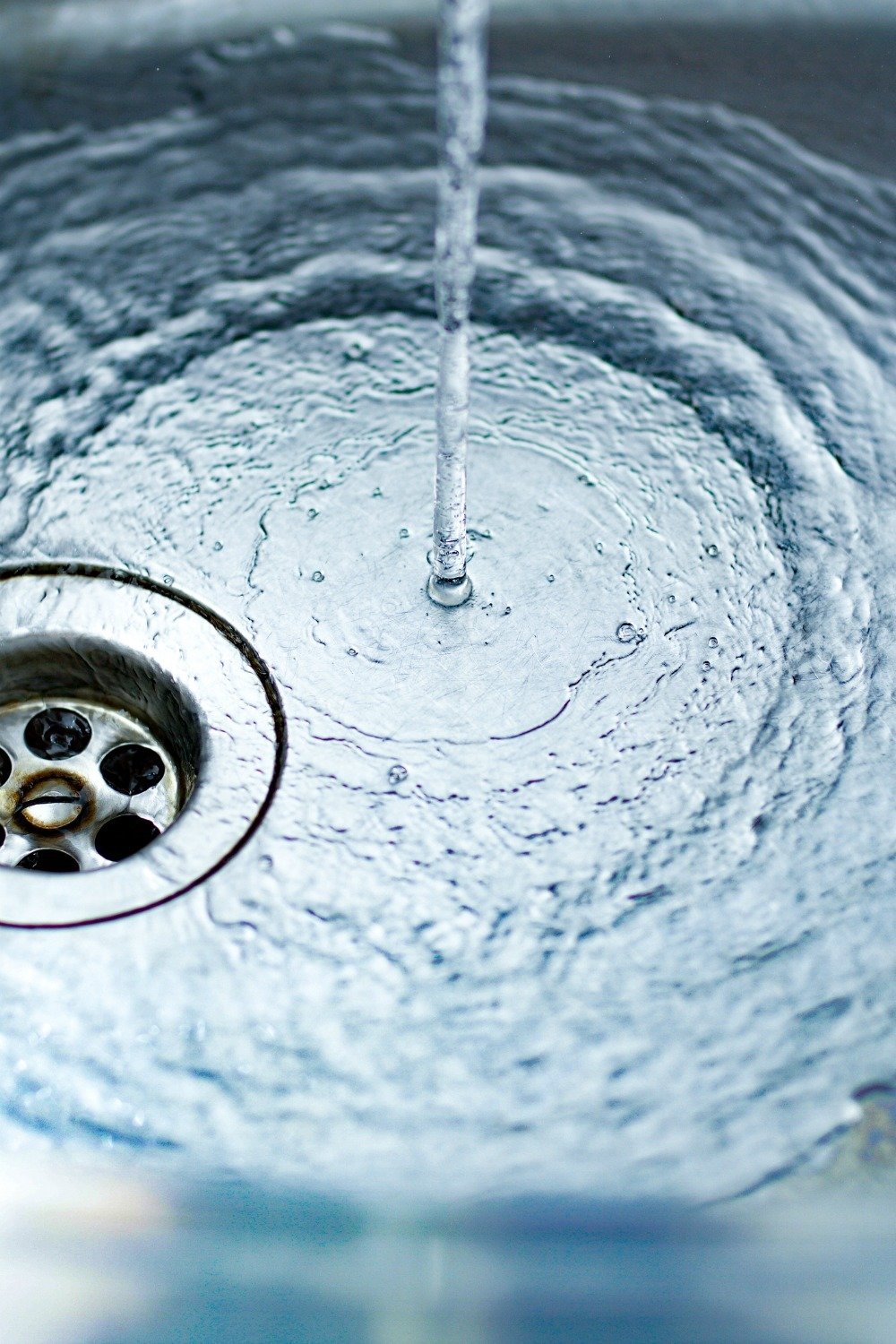
Once hair is fully detangled, rinse out conditioner in the coolest water your child will tolerate. Cool water is said to lock in moisture and enhance shine.
Deep condition regularly.
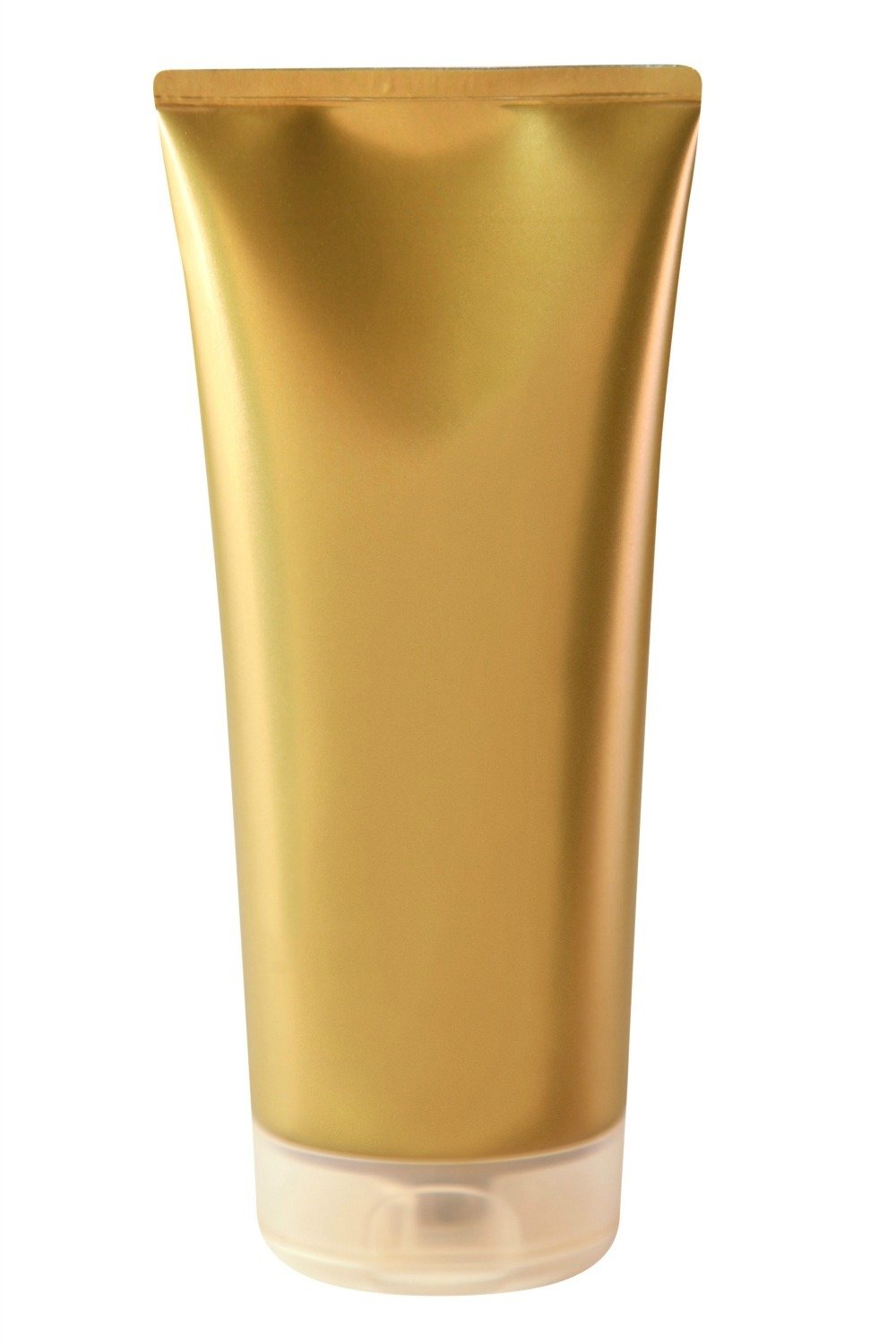
I don't know about your kids, but by the time I get through the weekly wash, condition, detangle routine with my kids, they are ready to be done. However, if your child is prone to have really dry hair, you should consider incorporating a deep conditioning session at least once a month. Some people choose to apply a hair mask and shower cap or do a hot oil treatment and have the child sit under a hair dryer for a while, but I honestly recommended just using a good, thick deep conditioning product and leaving it in while your child plays in the bath and finishes washing up, then rinsing out. You can do this as often as once a week or just once a month–it'll have benefits regardless.
I'm a big fan of this argan oil deep treatment.
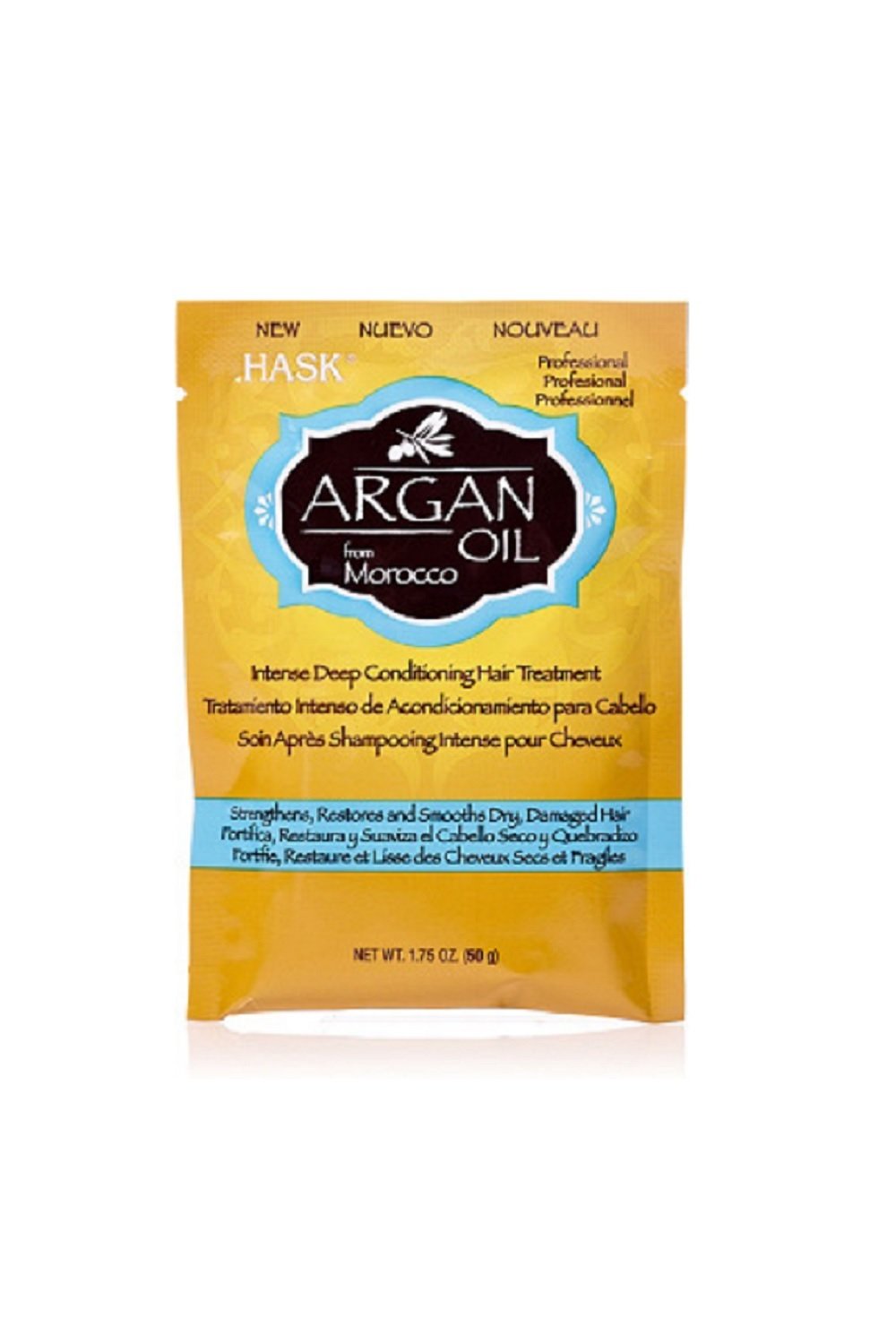
I usually stock up on little deep conditioning packets once a month or so because they are relatively cheap and I can pick and choose based on what our hair needs at any given time. The Argan Oil Repairing Deep Conditioner Packette ($3) is a favorite because it leaves her super-soft and silky for days and it smells amazing.
Switch to microfiber towels.
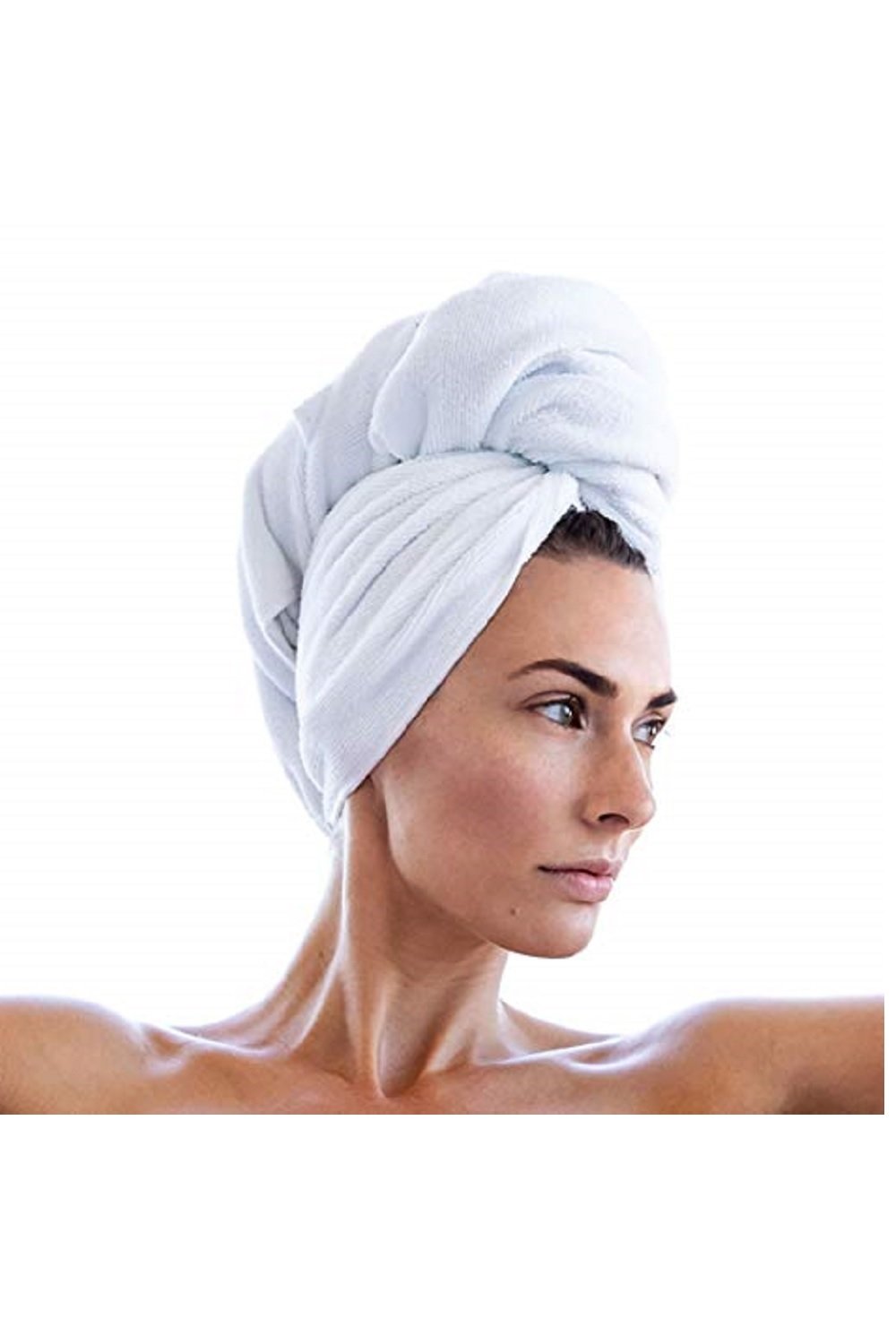
Regular terry cloth towels can disturb the hair cuticle and cause frizz. Using a microfiber hair towel ($9) is the more gentle option for curls. I found mine relatively cheaply at a discount store years ago and it's still going strong and it's regularly used by three people. Alternately, you can squeeze excess water out of curly hair with a cotton T-shirt.
Time to style.
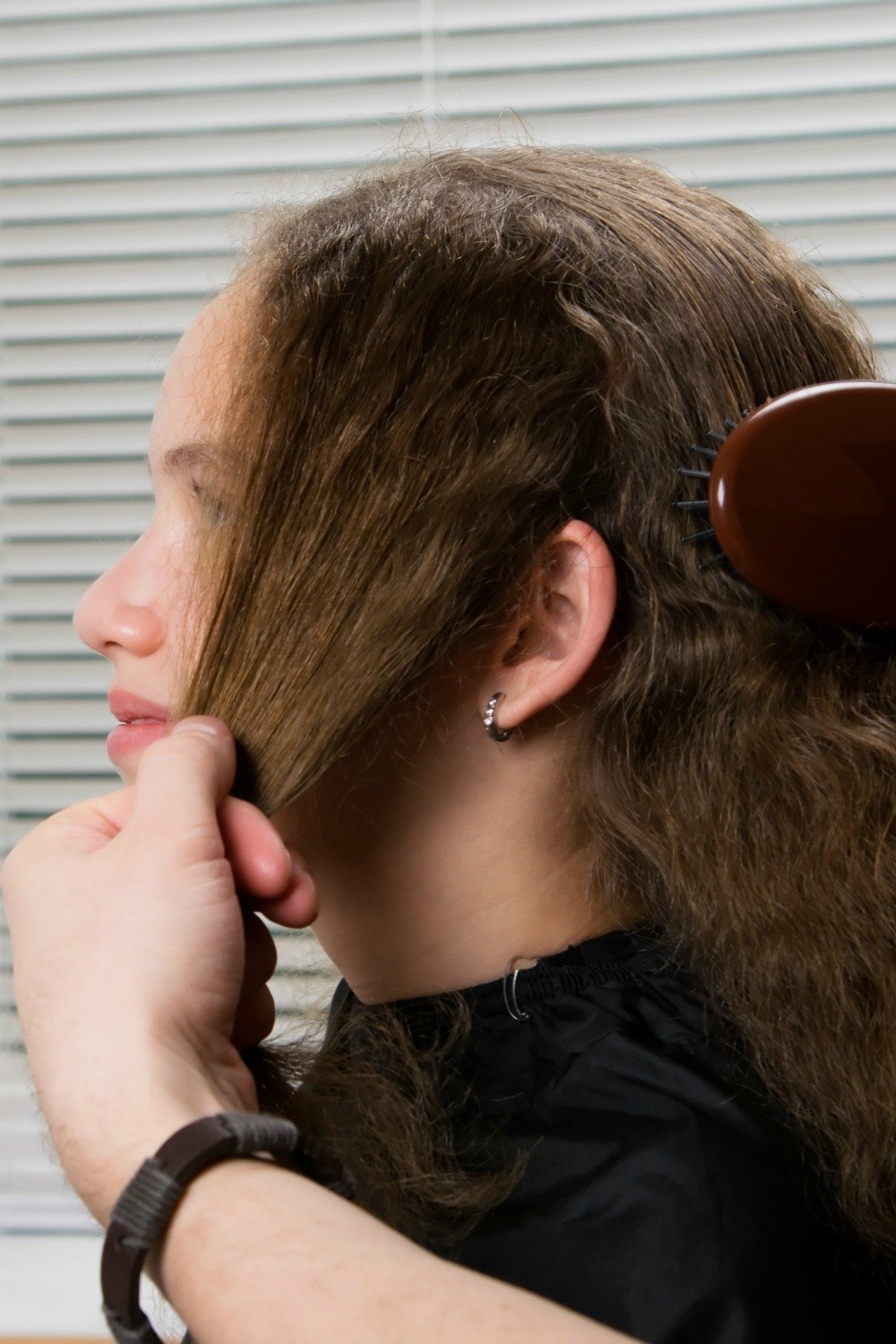
Because you're not going to want to go through the whole wash day process daily (and again, it's not good for the hair), your best bet is to use some protective styles–like braids, twists, buns or even simple high ponytails–between washes. But I typically leave my daughter's curly hair out after washing and detangling so that it can dry thoroughly.
Layer products.
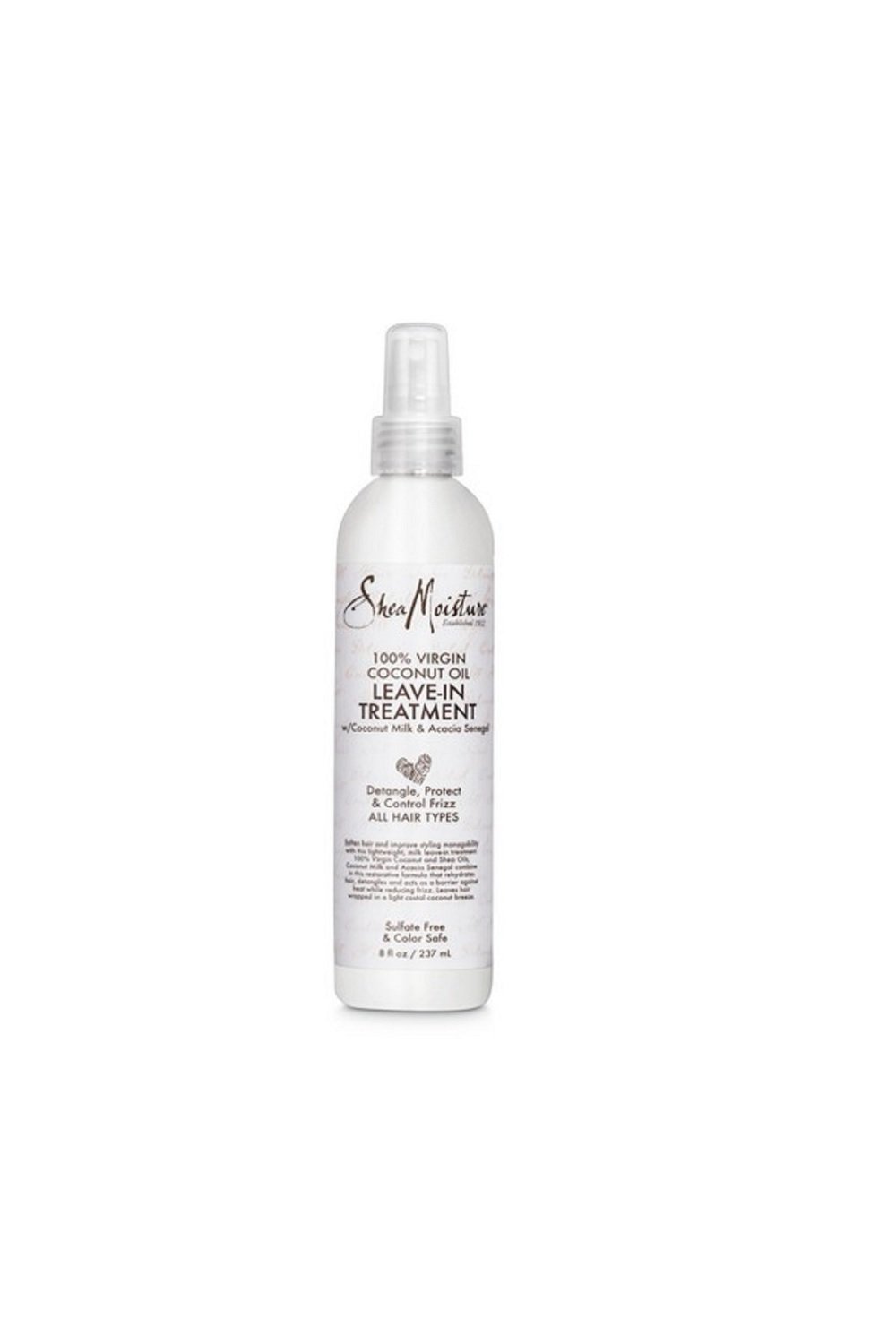
When it's time to style, I usually put on a show or a YouTube video to distract my kids while I get to work. It makes a huge difference. Typically I start with a very lightweight leave-in conditioning spray. I do this even if we've just finished washing to re-wet the hair before applying styling product. There are tons of great options out there by companies like Cantu, The Honest Company and Shea Moisture. We are partial to the Shea Moisture 100% Virgin Coconut Oil Leave-In Treatment ($10), and we almost always start with that. We also use it to refresh dry curls in the morning rather than completely wetting it down with water.
Then we apply a curl cream.
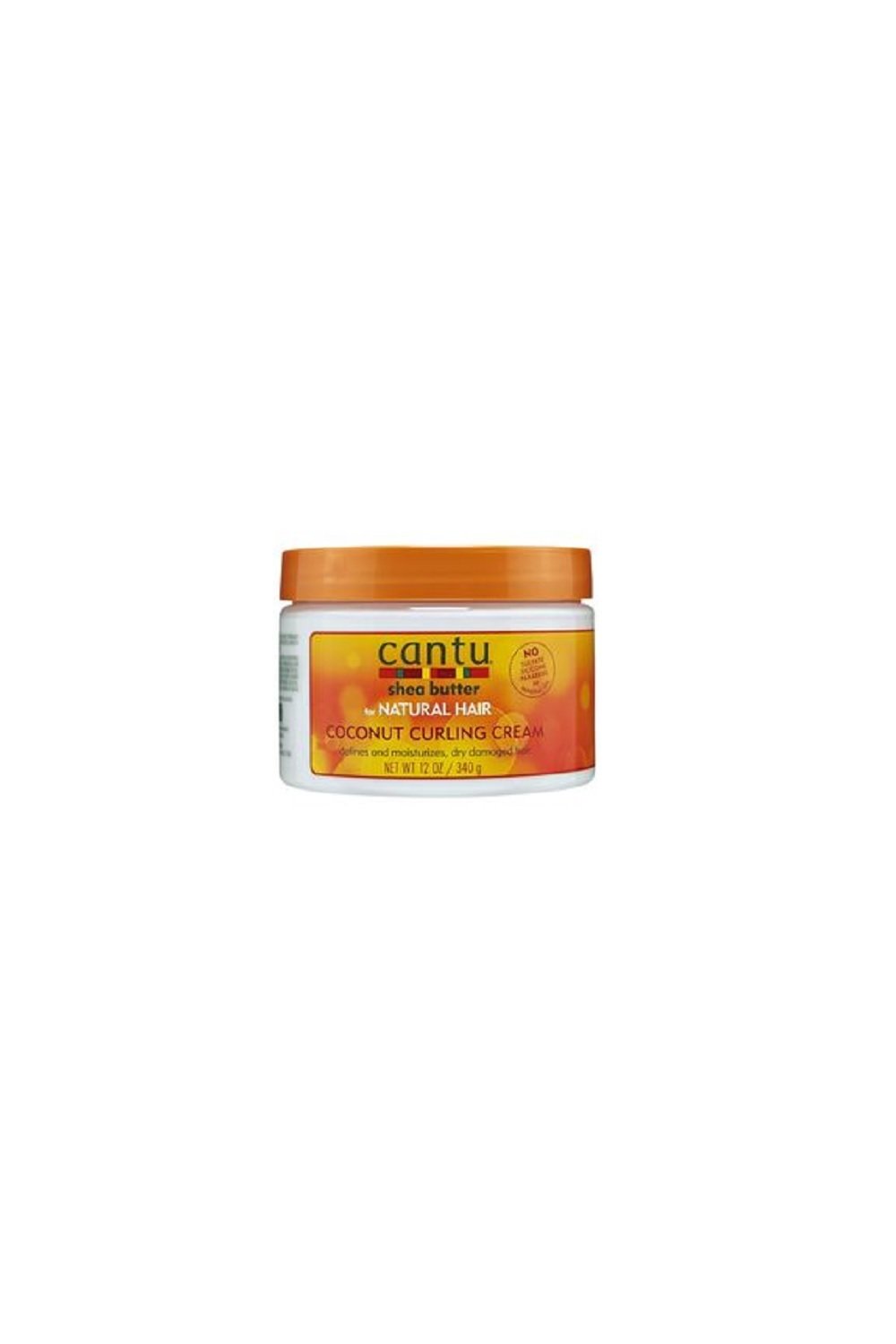
Once hair has been wet with the leave-in, we apply a generous amount of a thick, rich curl cream, like Cantu Coconut Curling Cream ($6), which again adds moisture as well as a bit of hold. Keep in mind that you might have to try out several products to find what works best for your child's hair texture and curl pattern. Depending on how much hair your child has, you should apply this in sections to ensure that every curl is coated. You can then finger coil curls to help shape them, or use the Tangle Teezer brush to encourage curls to clump into a nice shape. If your child has thicker, coarser hair, you may want to finish styling with a coating of oil such as pure coconut oil, almond oil or argan oil. If your child has fine hair, you'll want to skip this step and end with the curl cream.
Preserve curls during sleep.
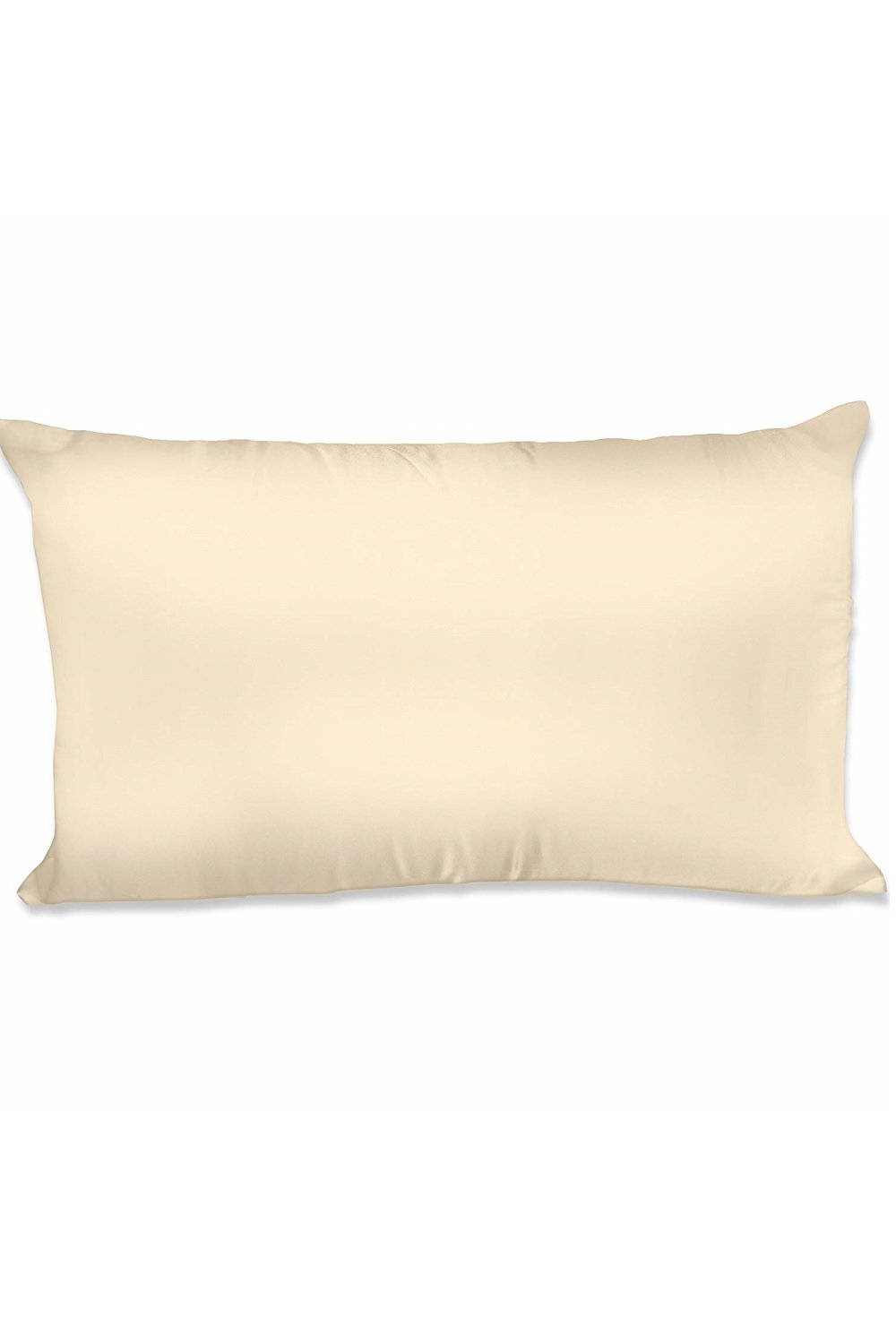
Lastly, at the end of the day, you want to do the best you can to preserve your child's curls so that you don't have to do too much to them the following day. If hair is long enough, we highly recommend gathering the curls up into a very high ponytail right on the top of the head toward the front–known as a "pineapple" in the natural curly hair world. This will prevent the curls from getting crushed during sleep. Many people also use satin bonnets on their children during sleep so that the pillow doesn't leech moisture from the hair and disturb the cuticle causing frizz. Since a lot of kids don't like to sleep with something on their heads, I suggest using a SpaSilk Satin Hair Beauty Pillowcase ($9) instead.

